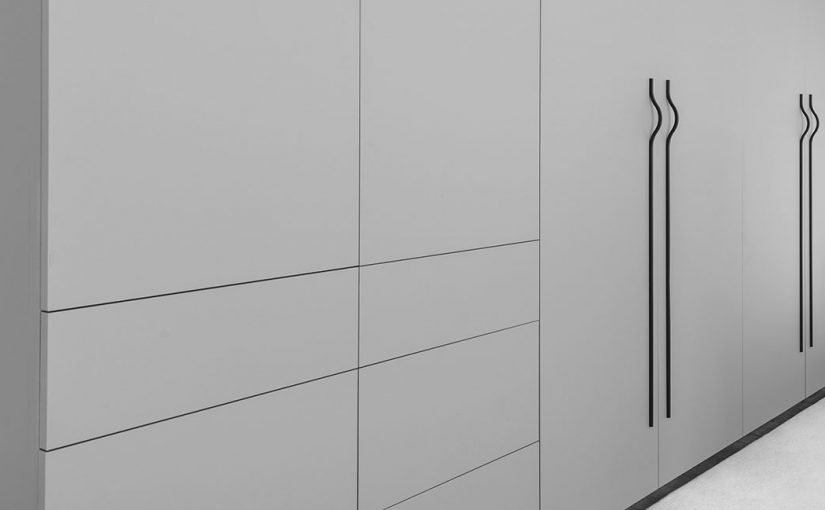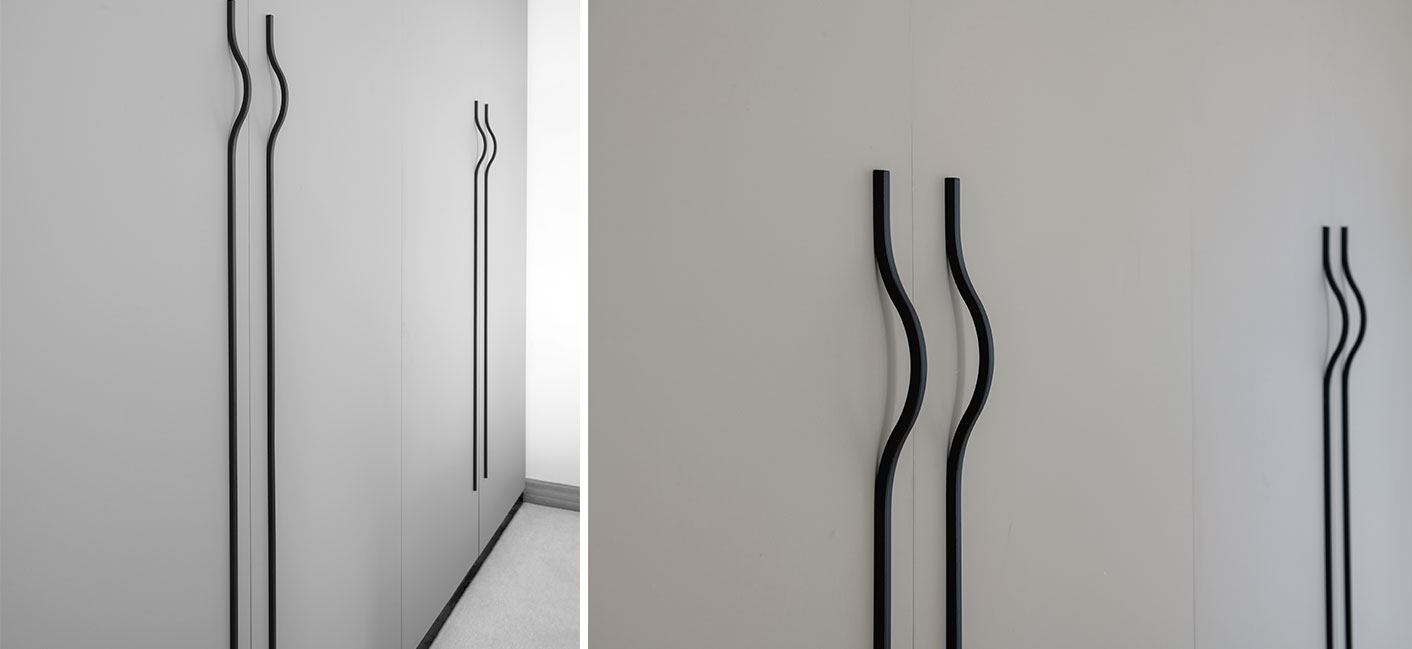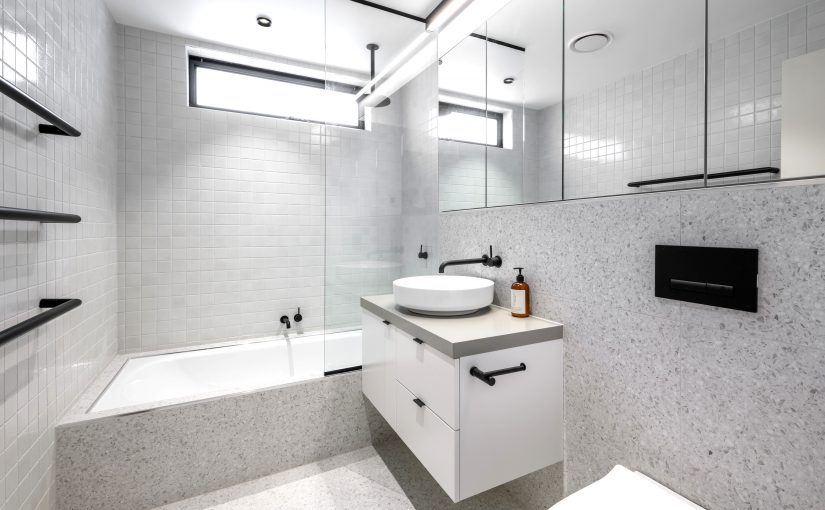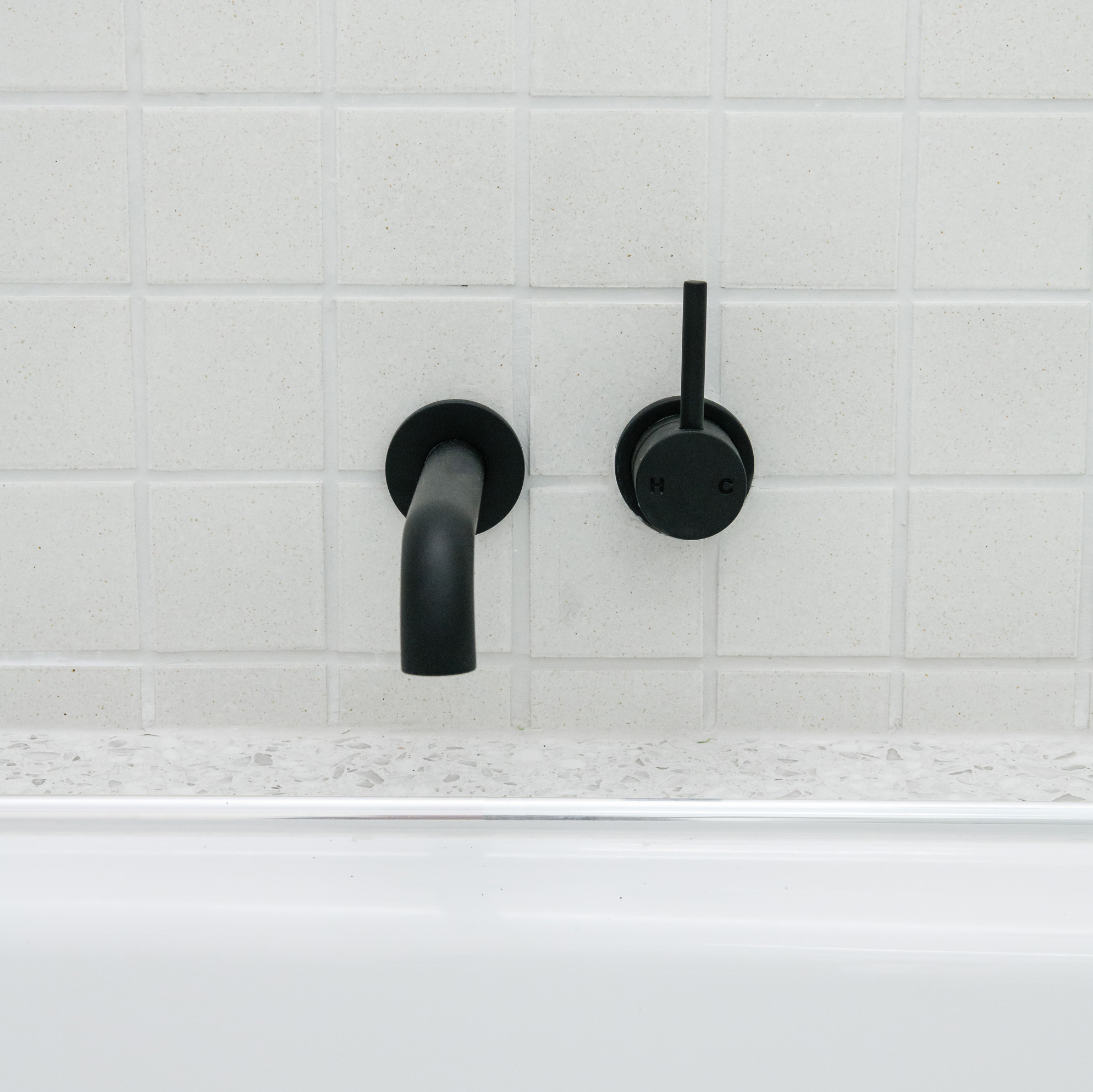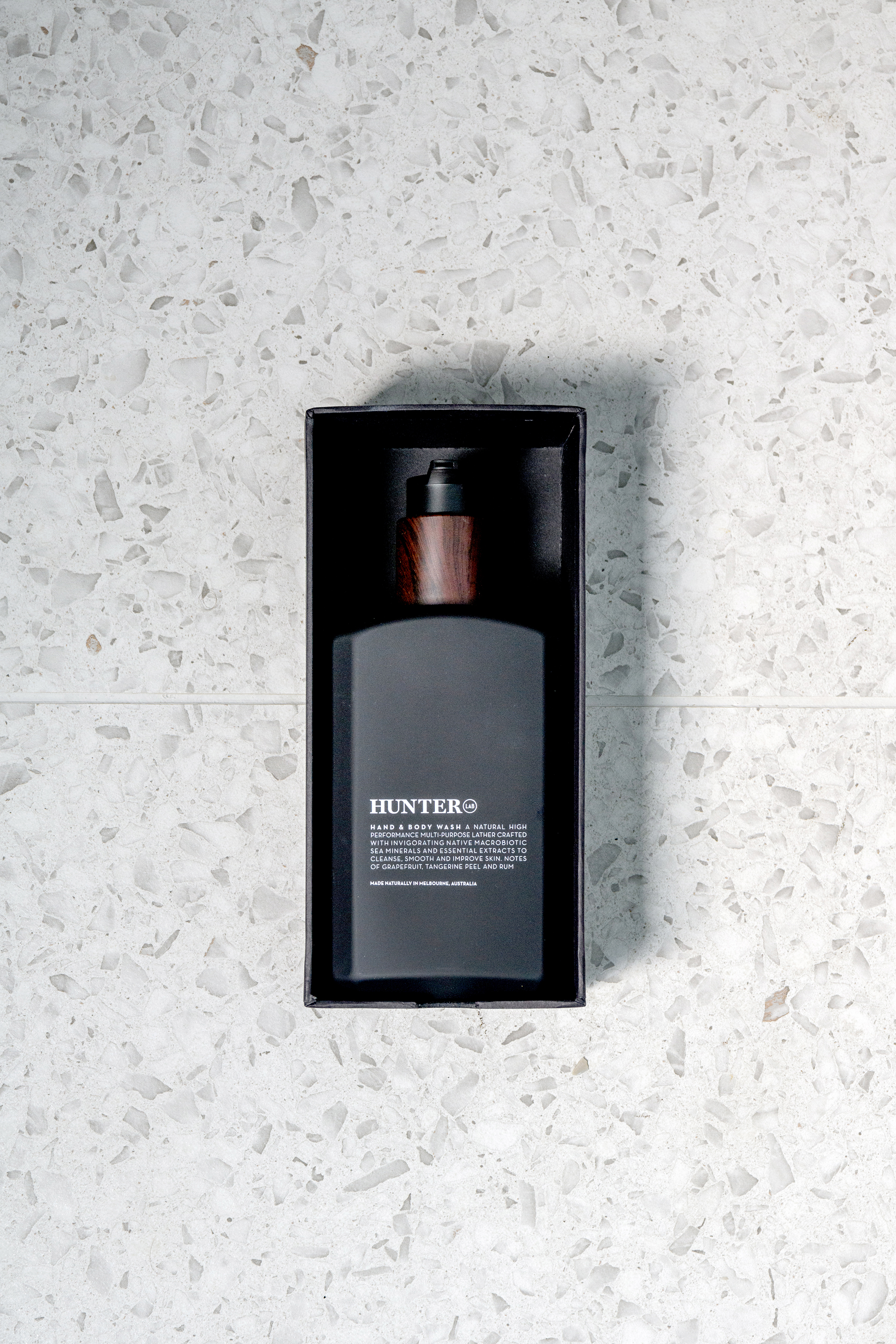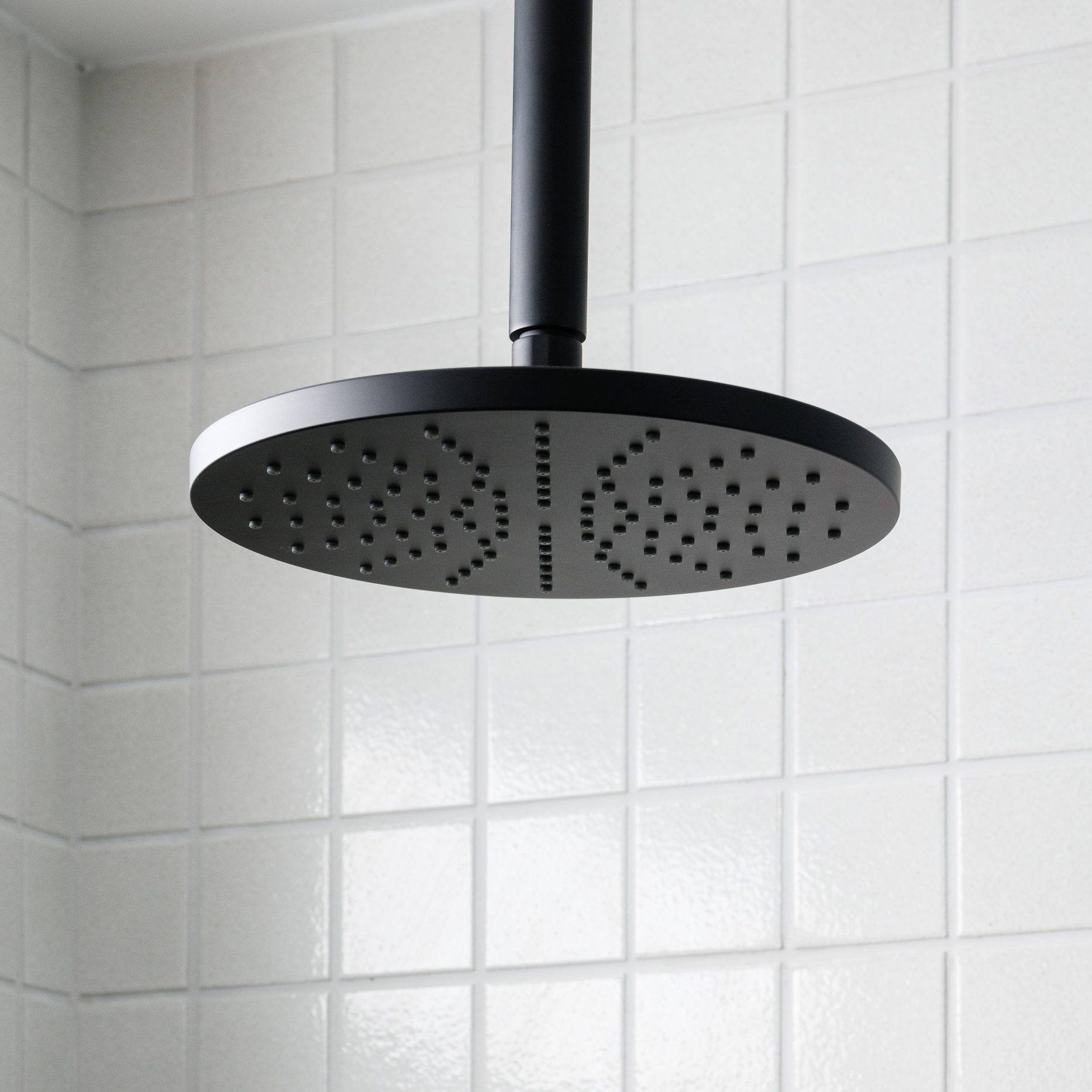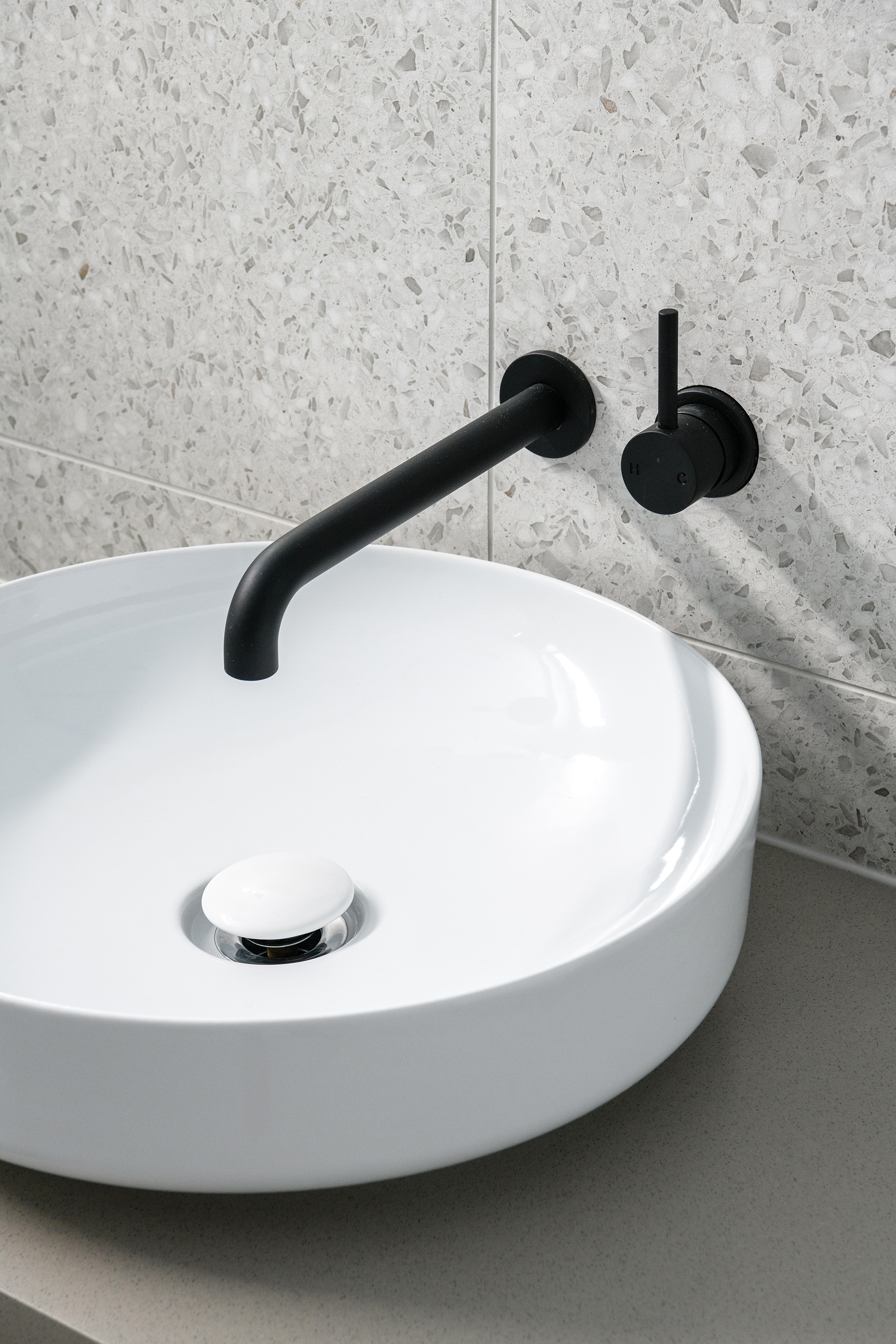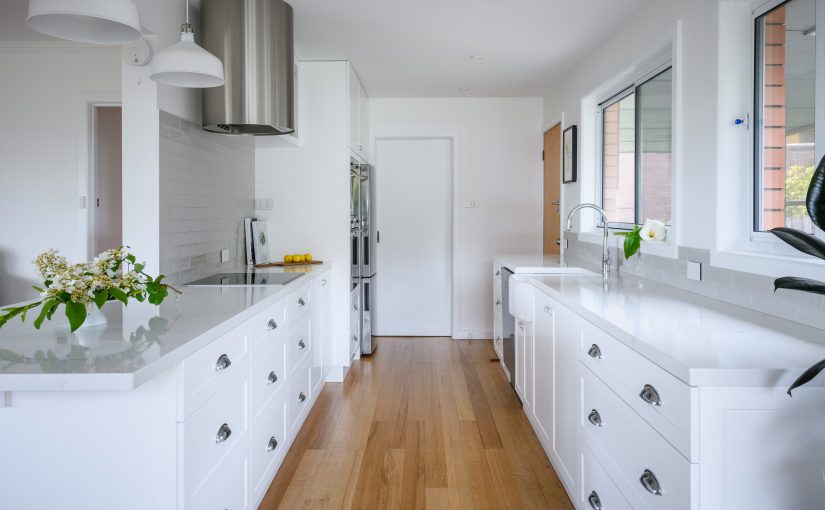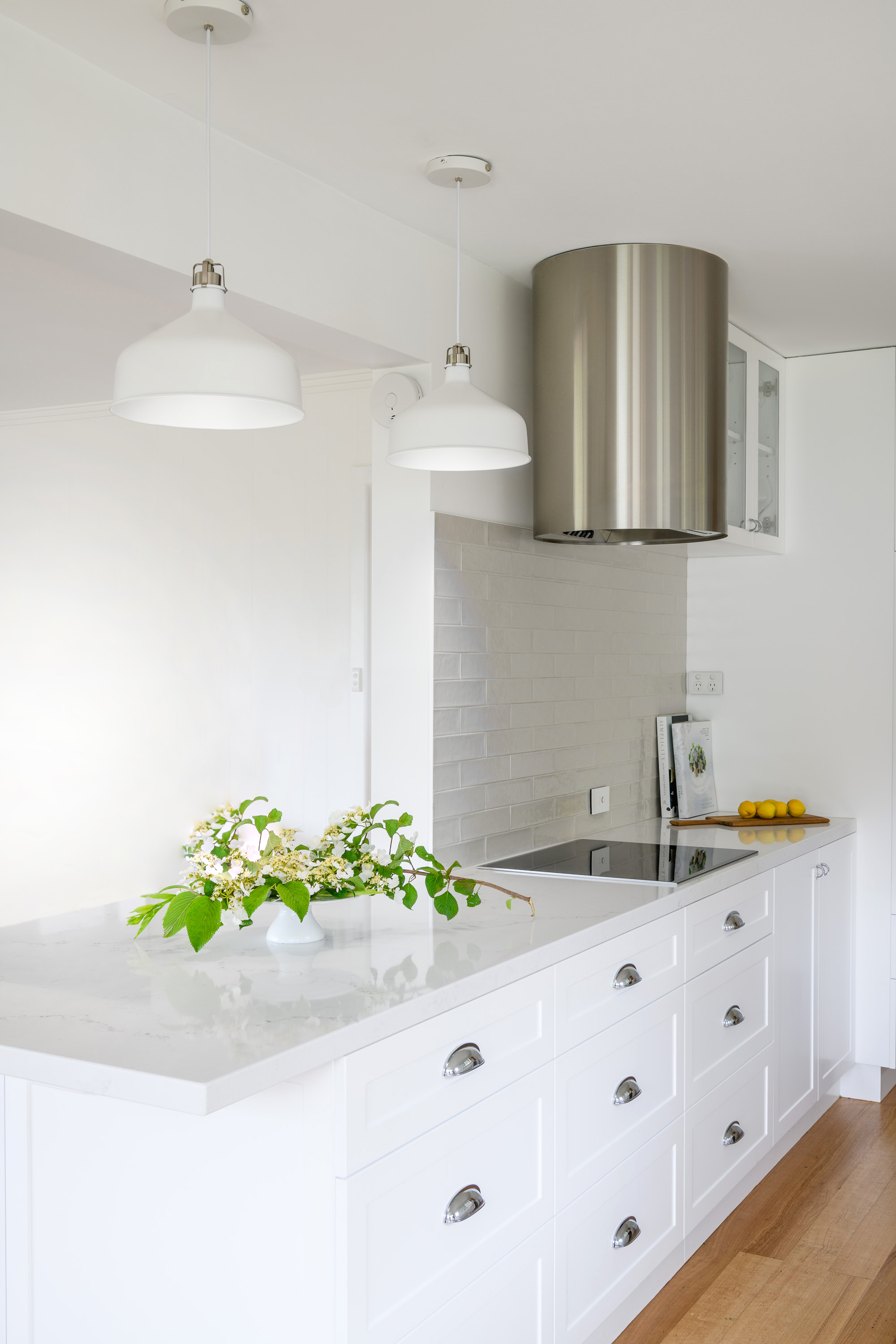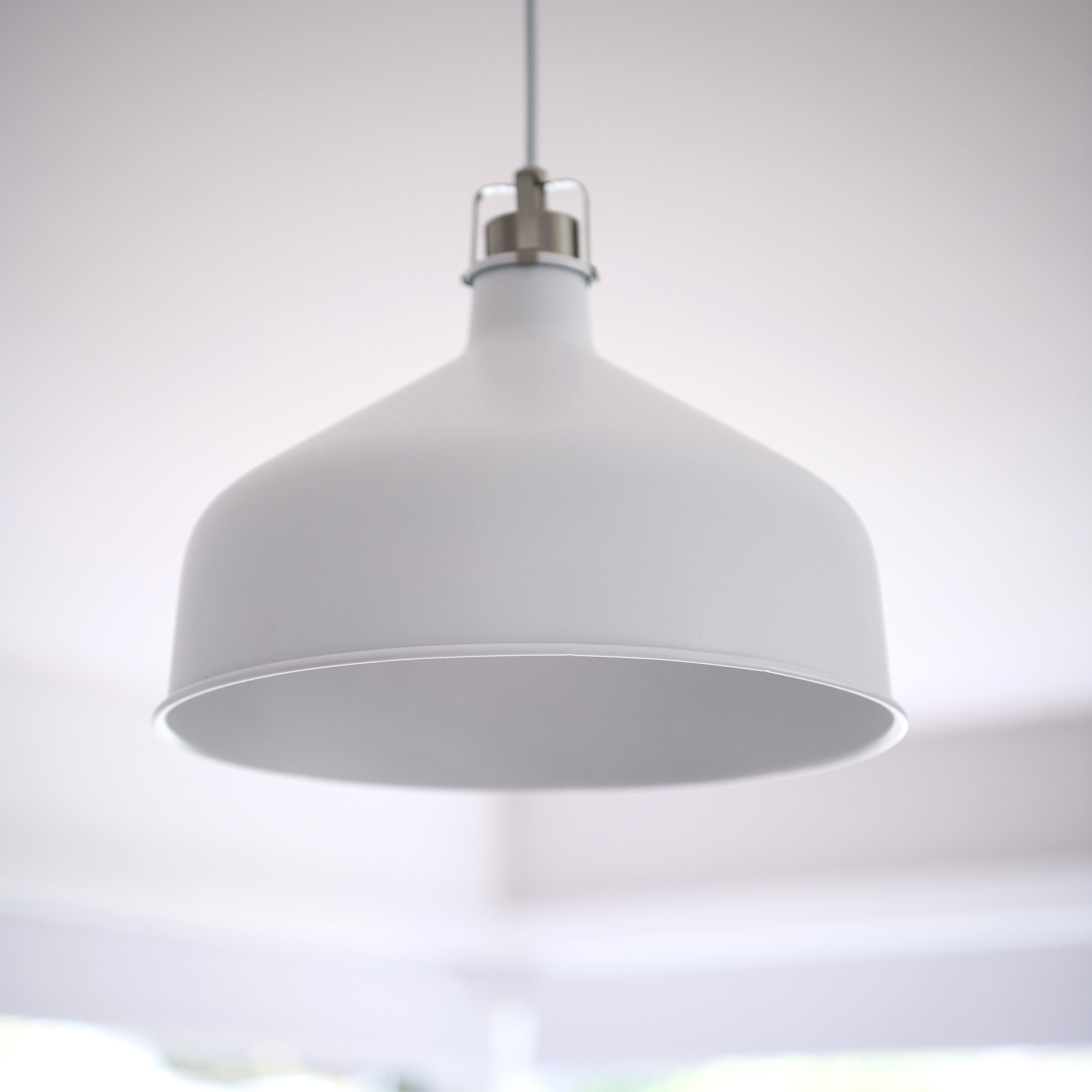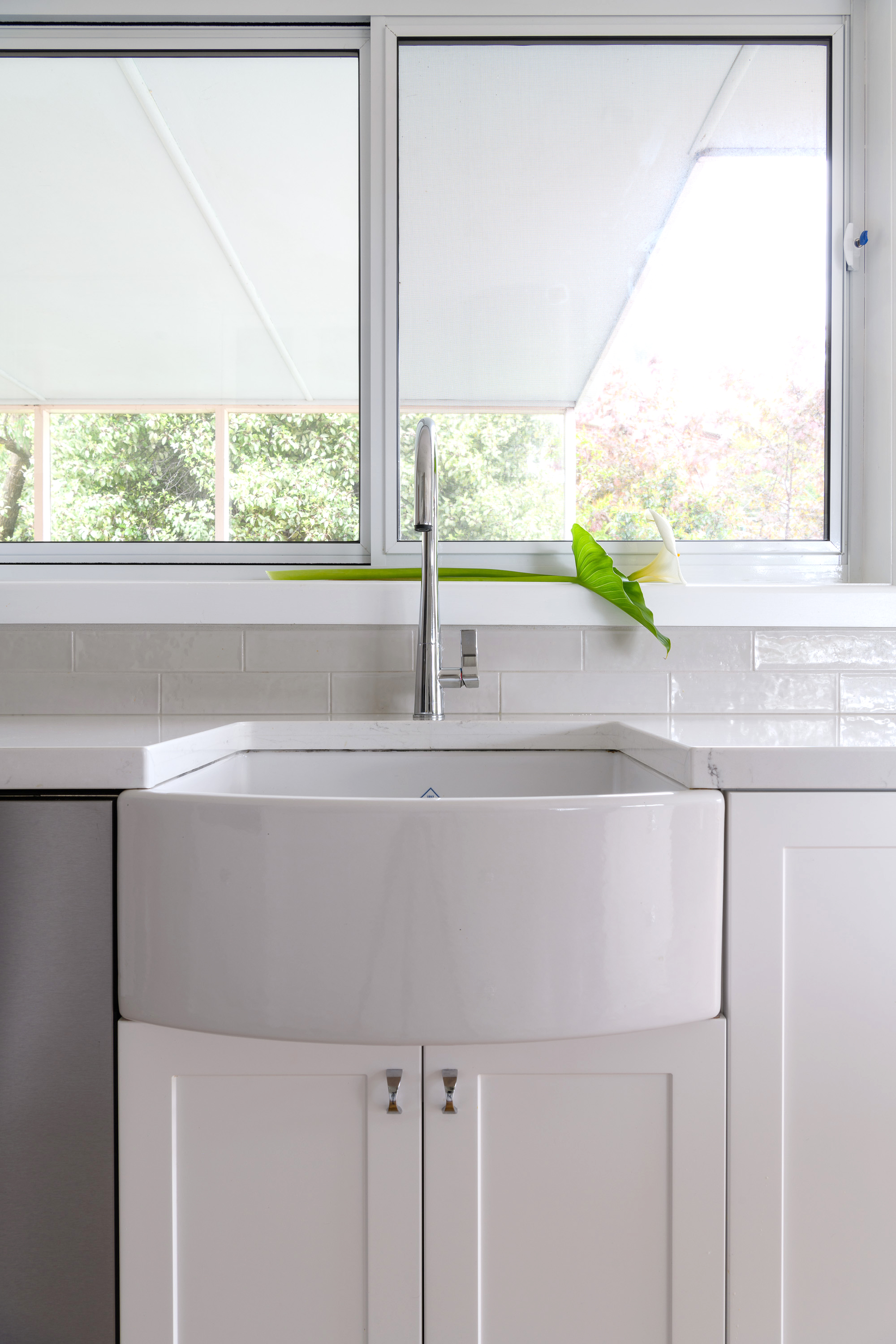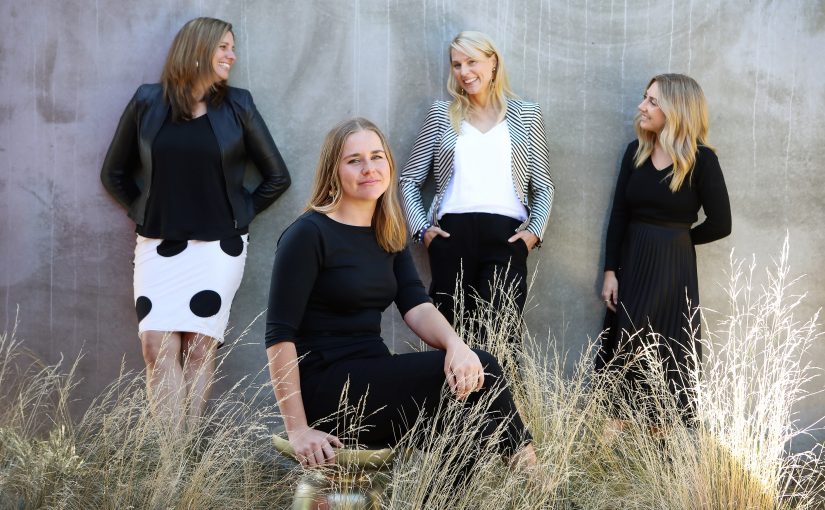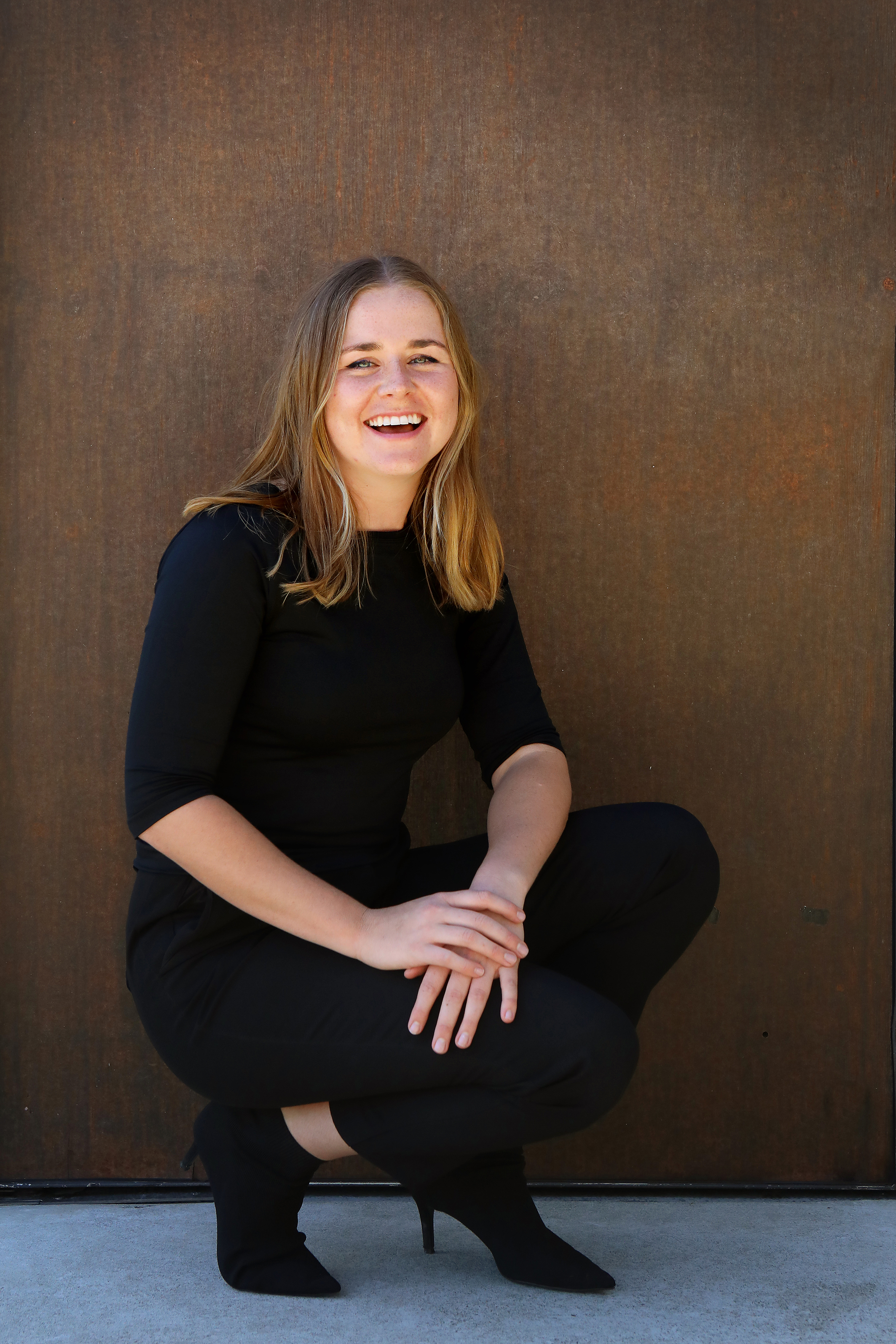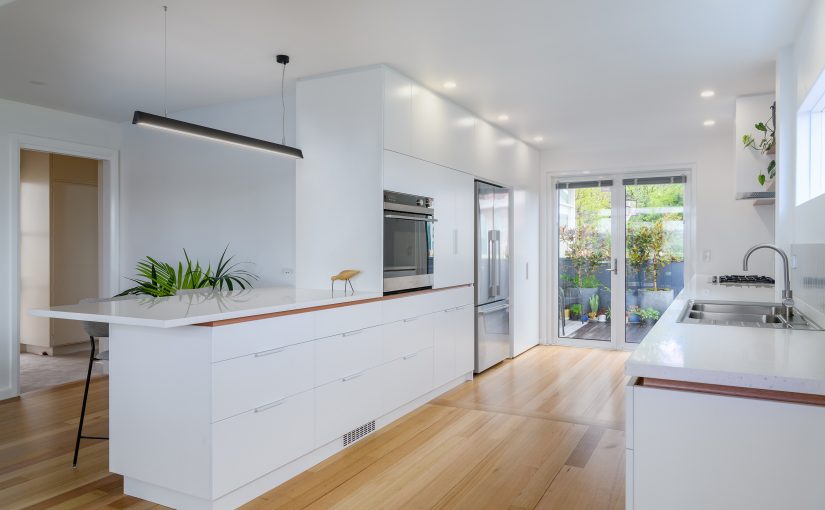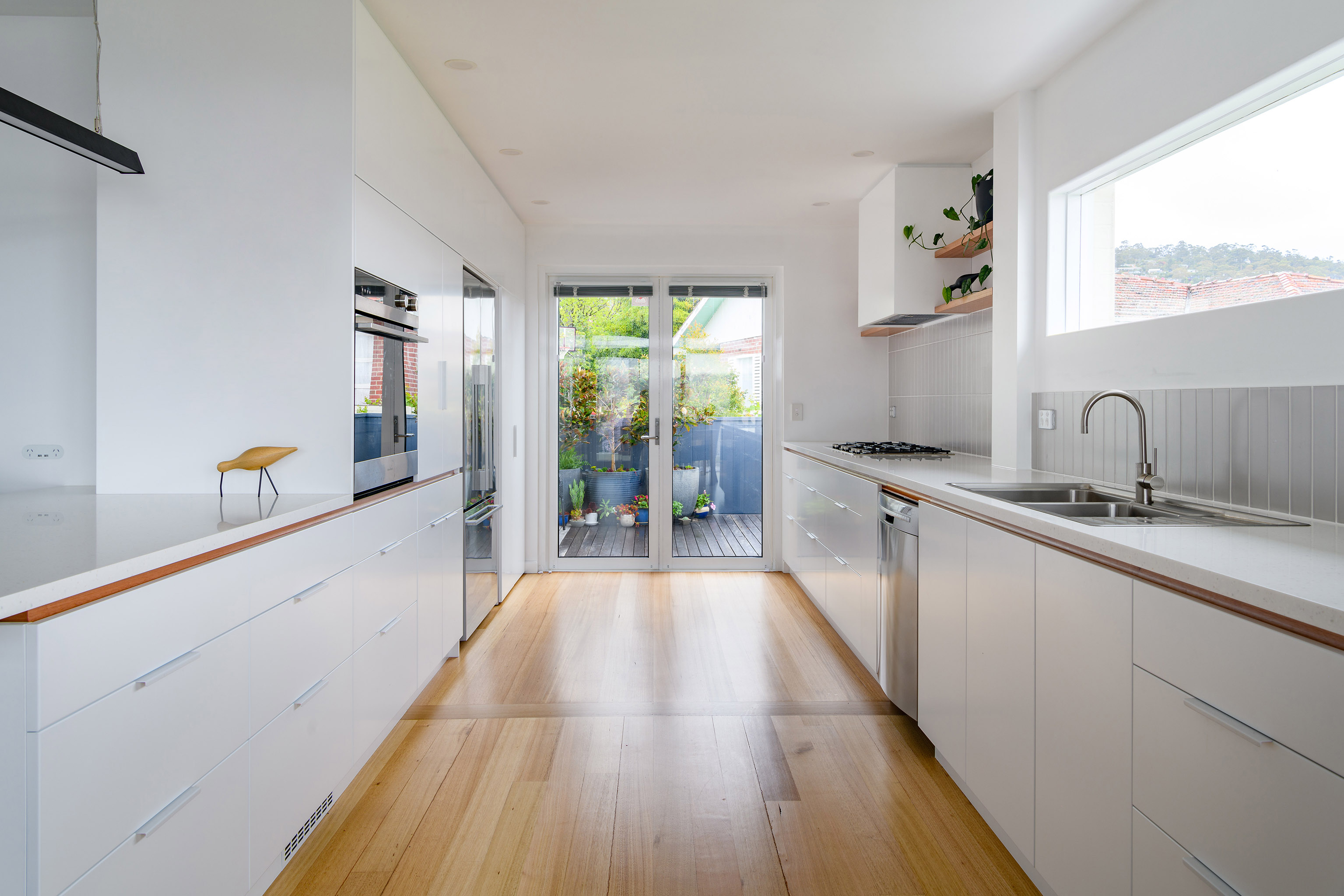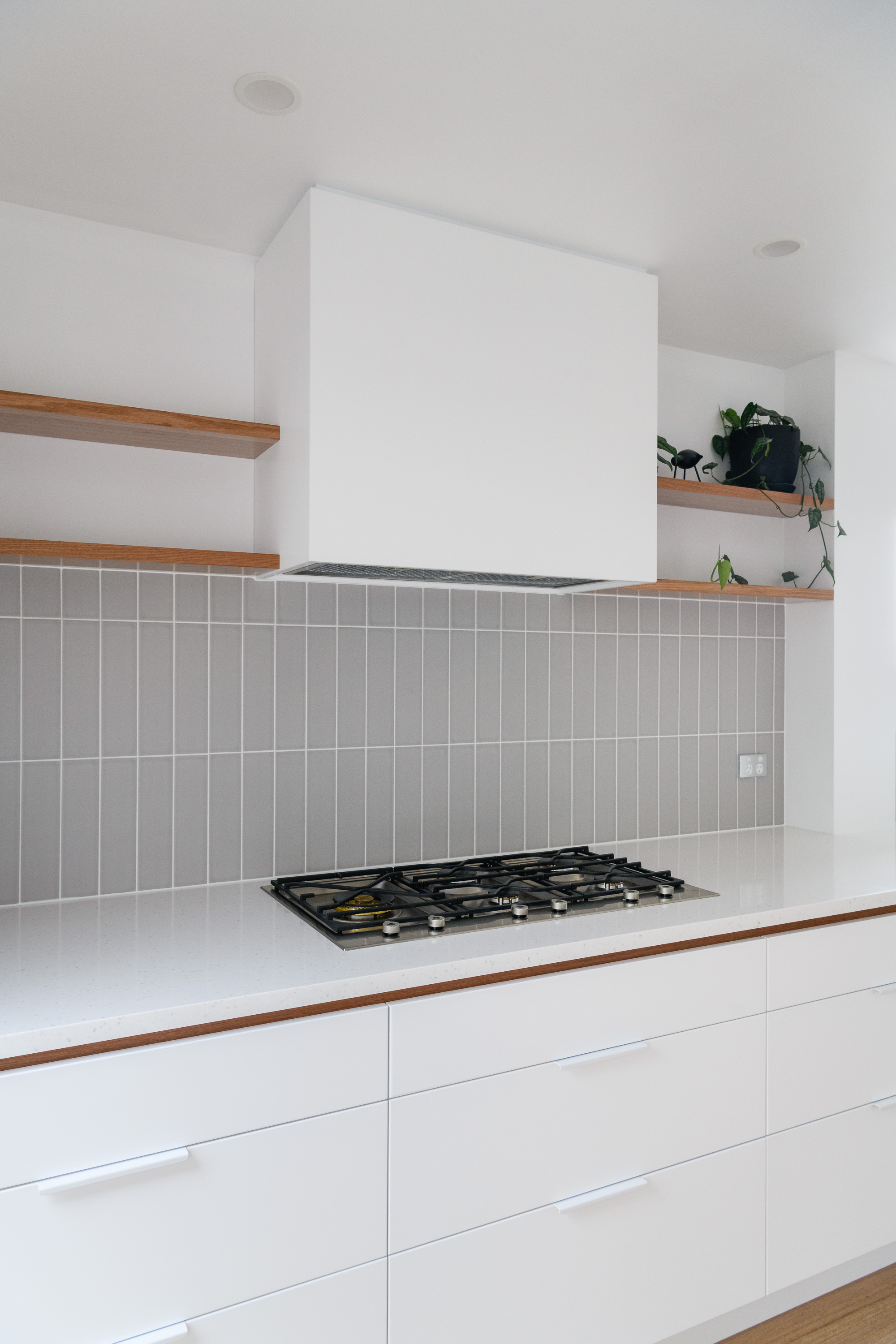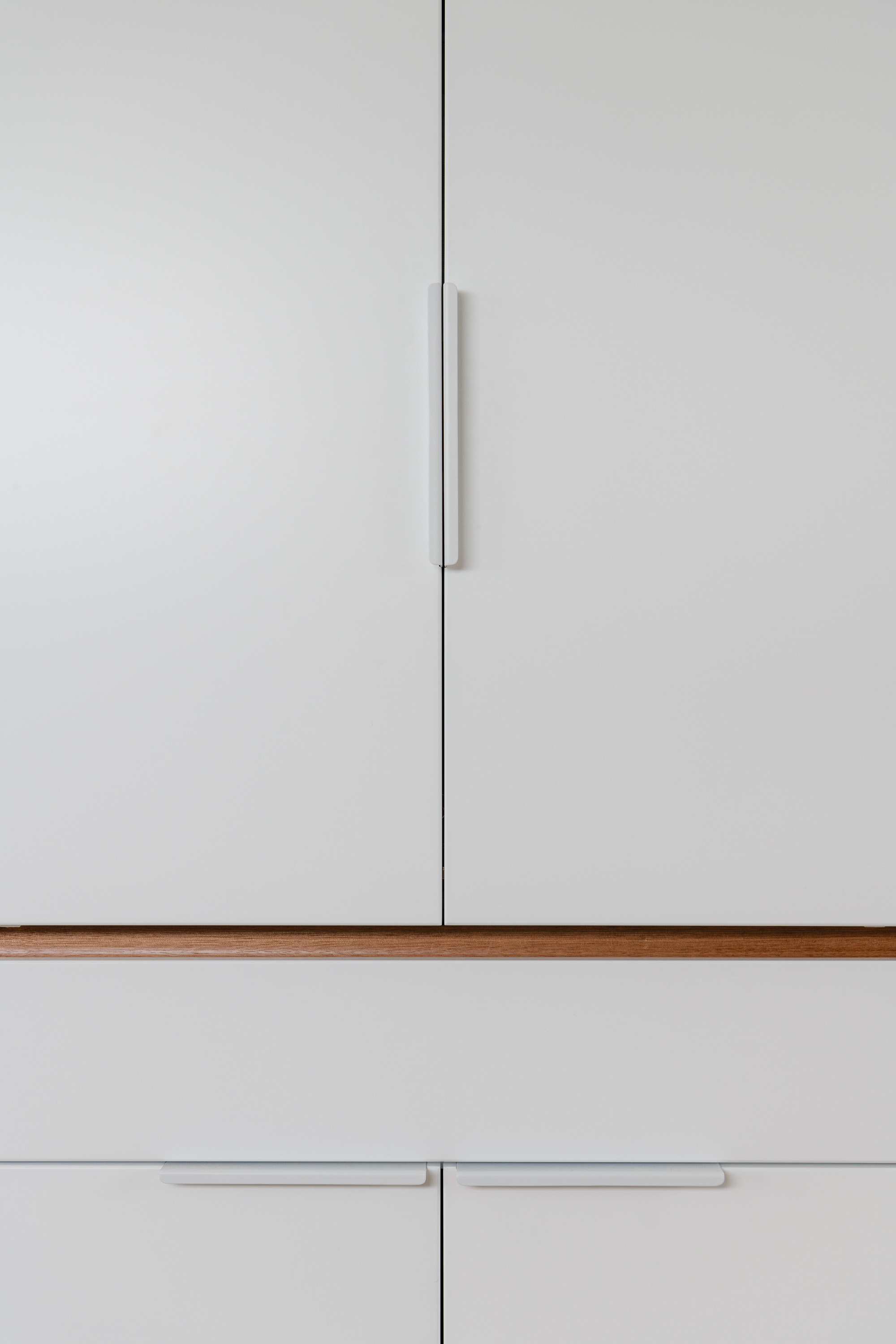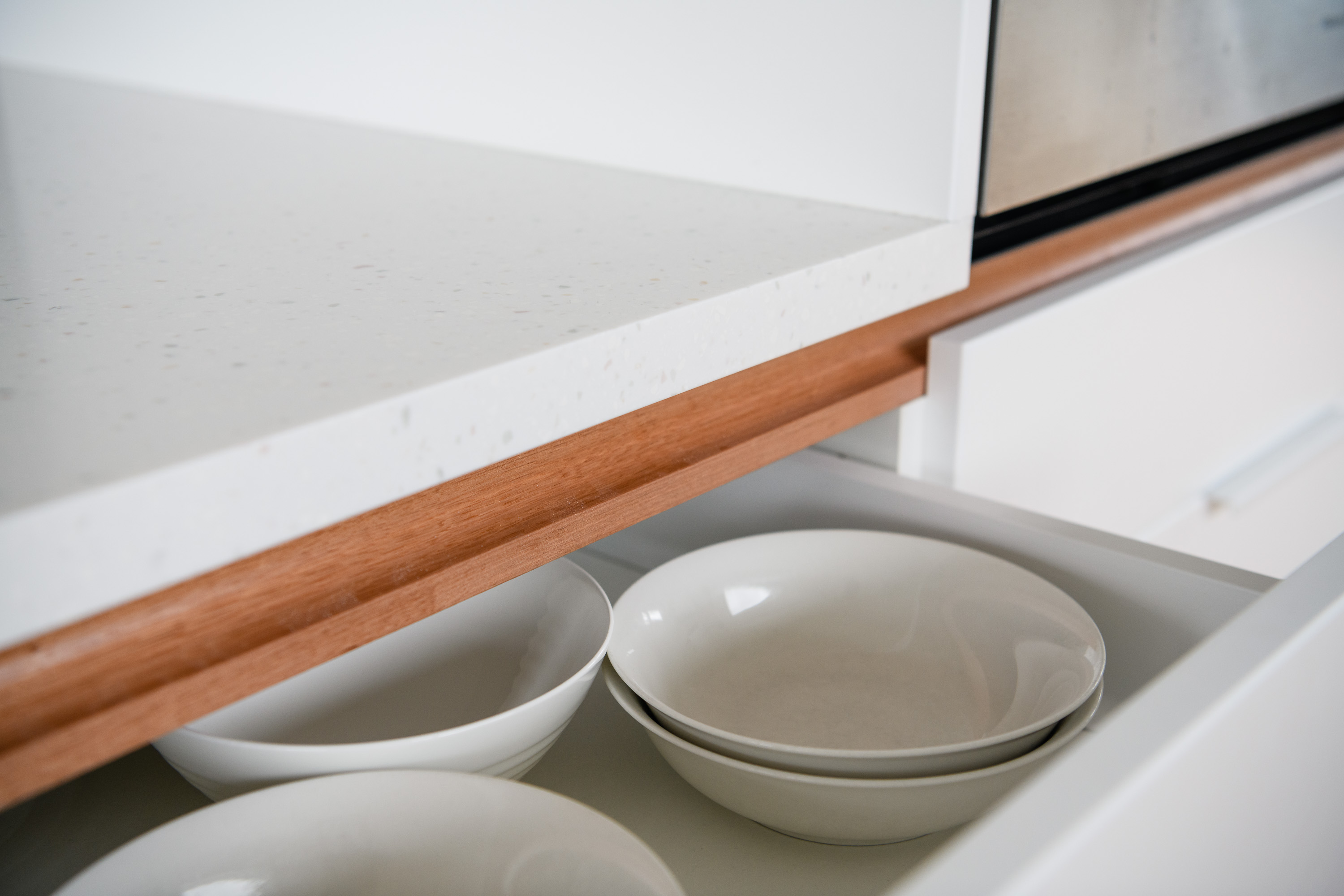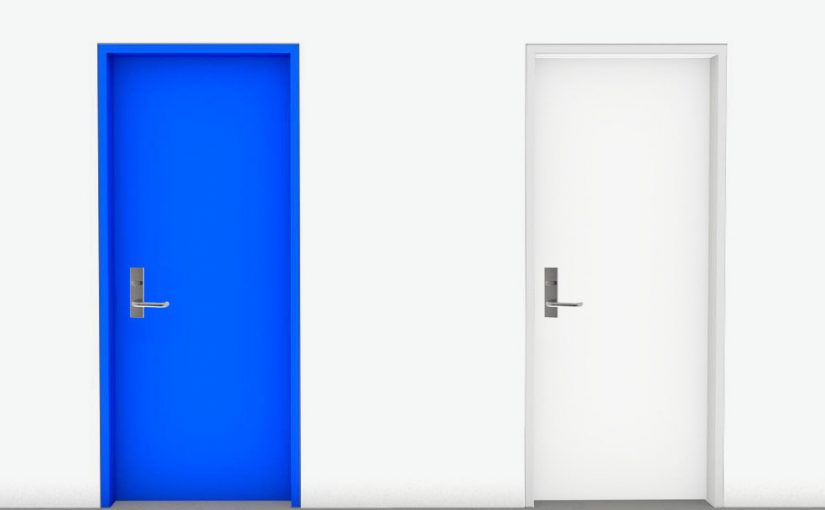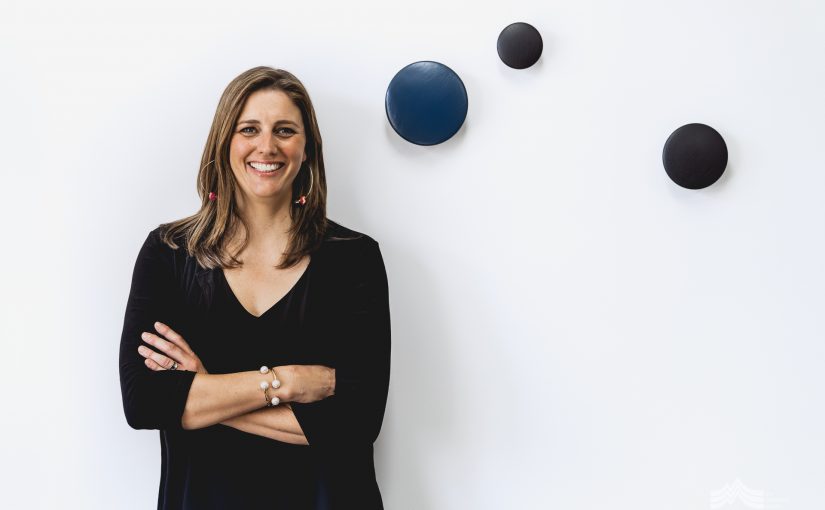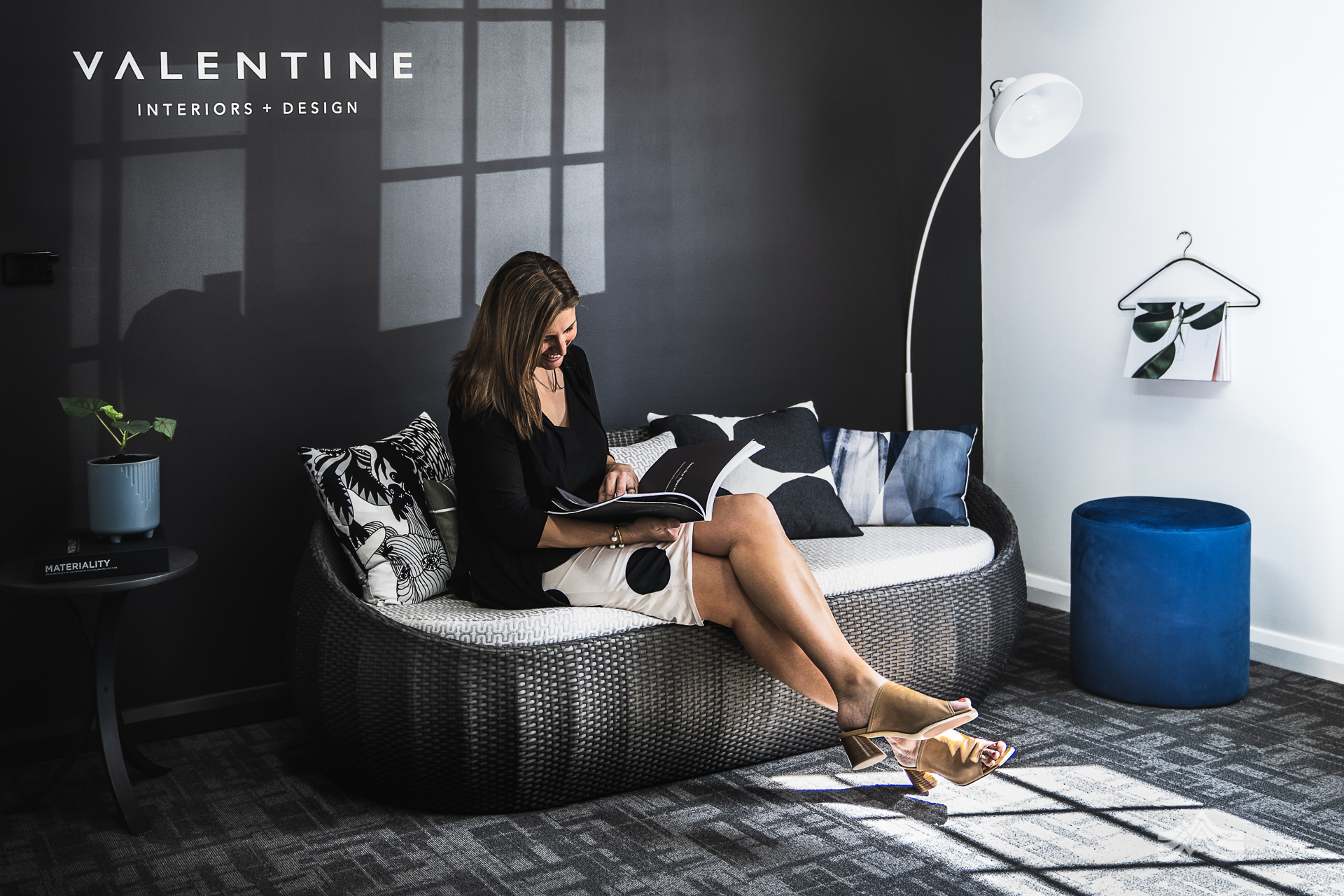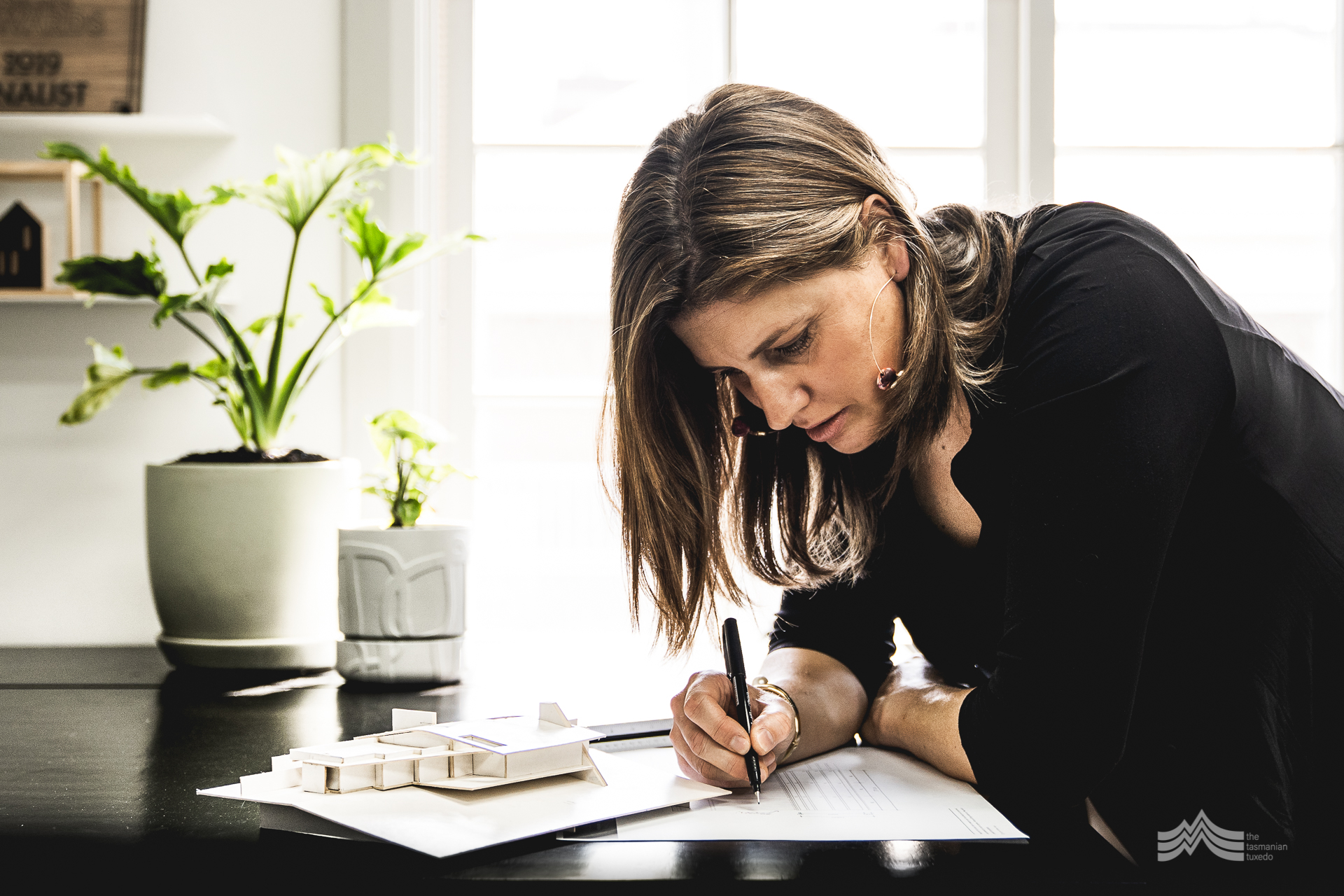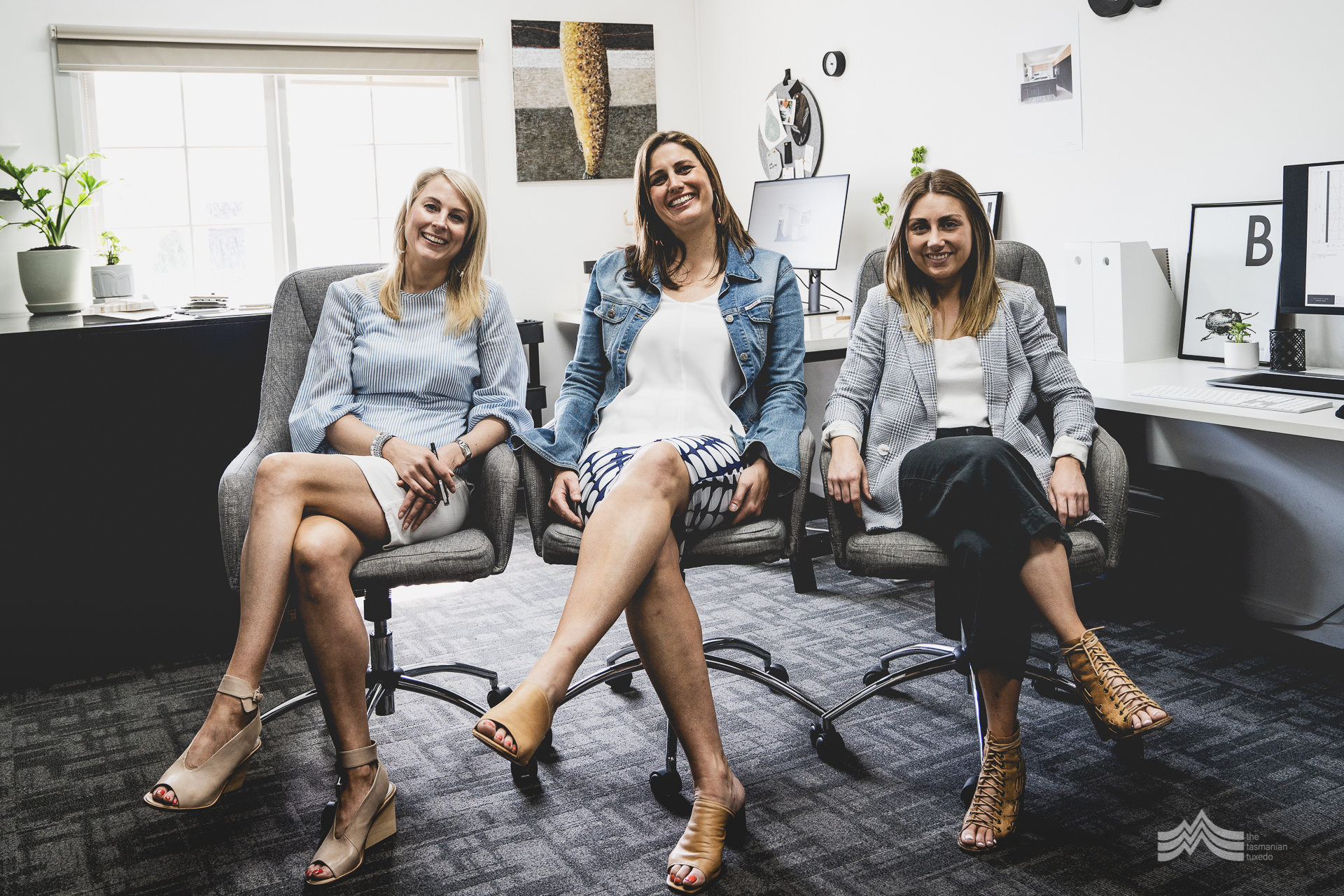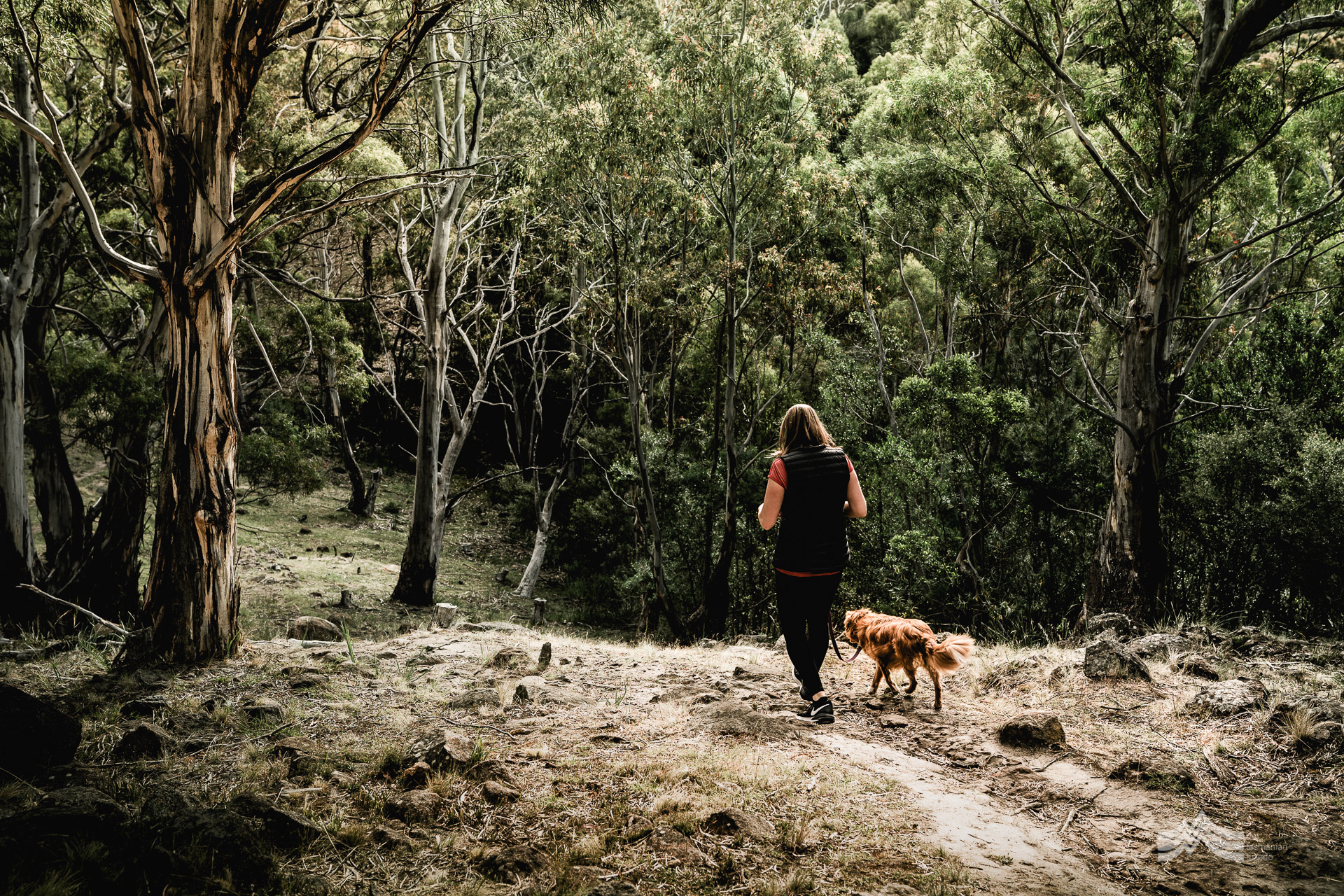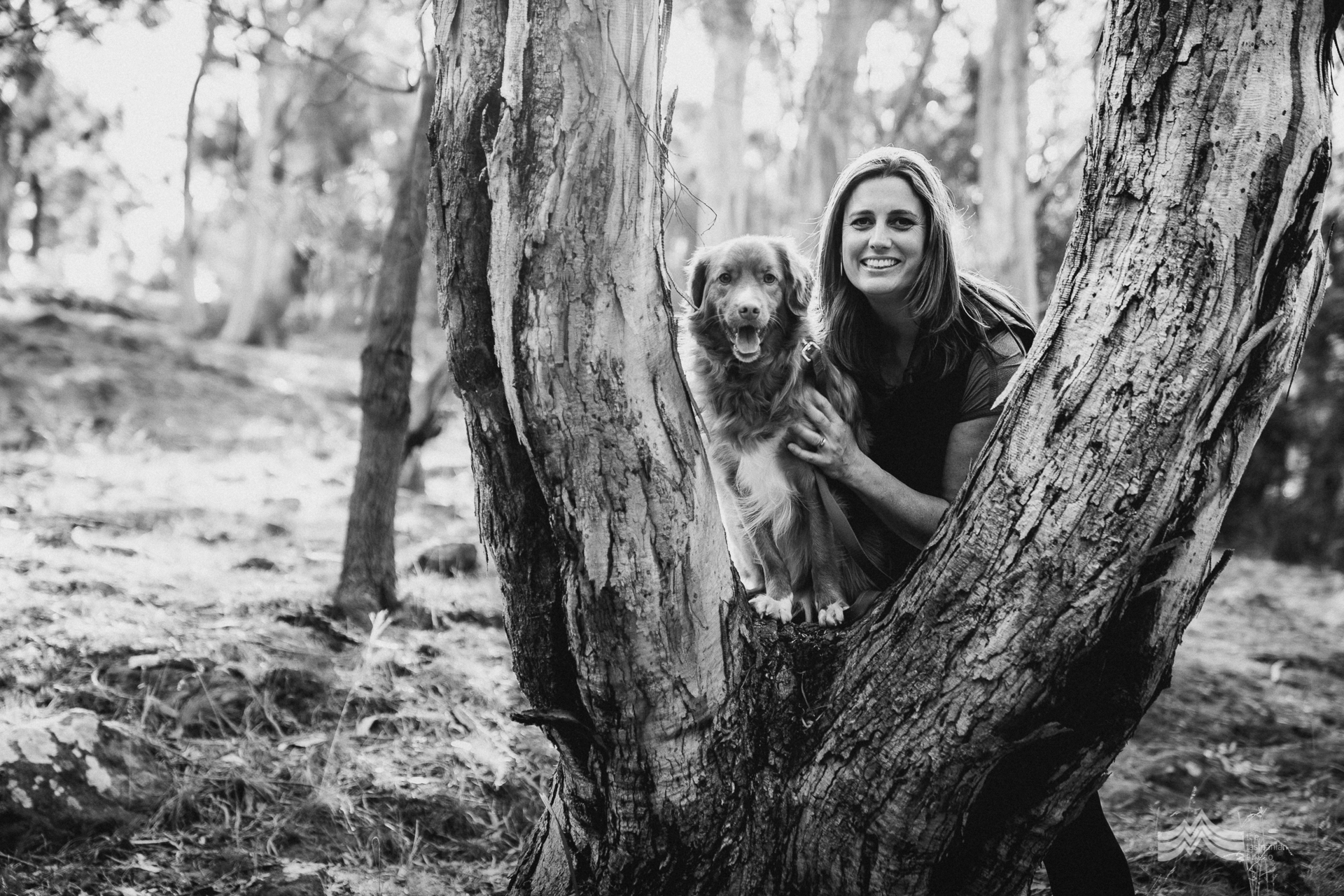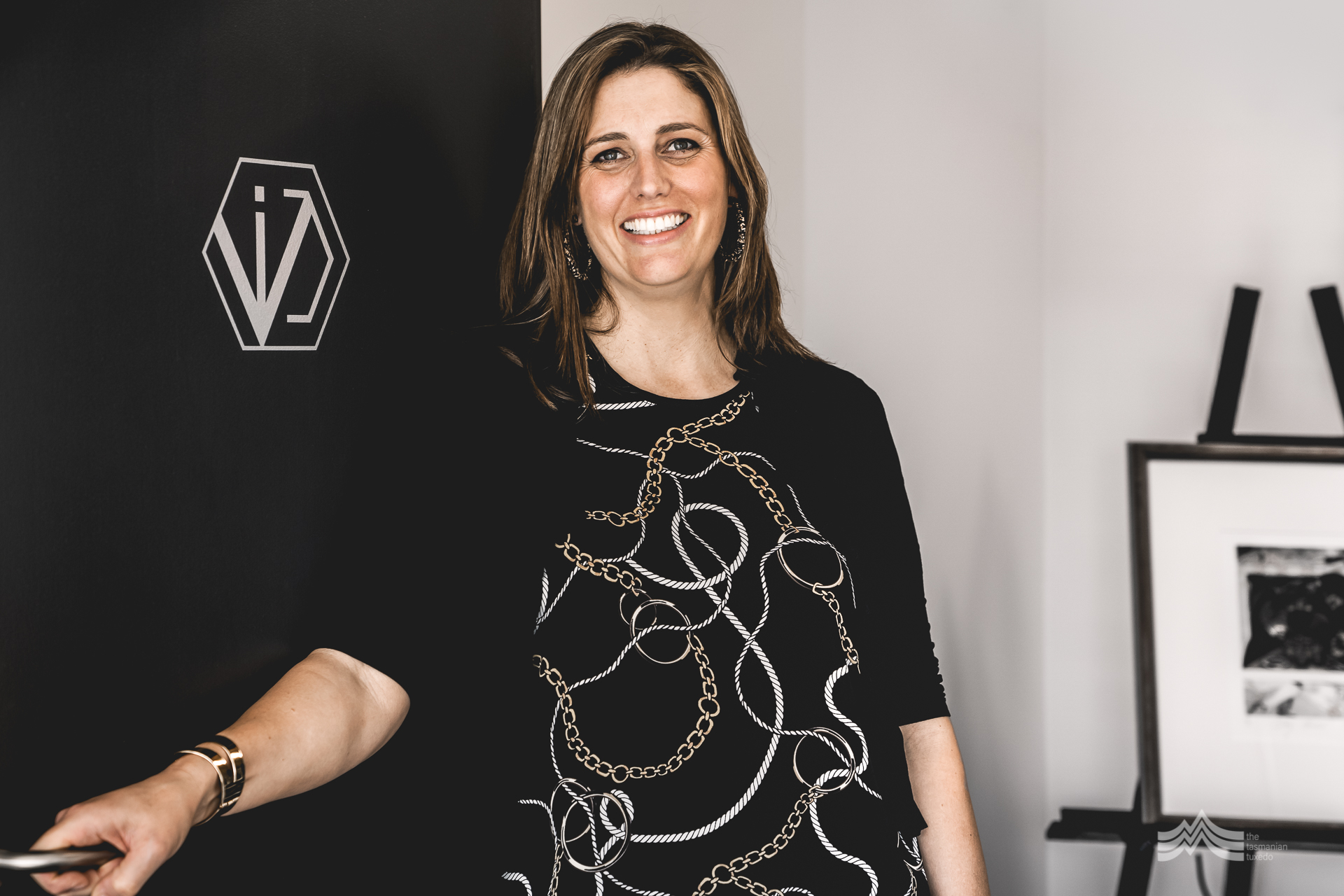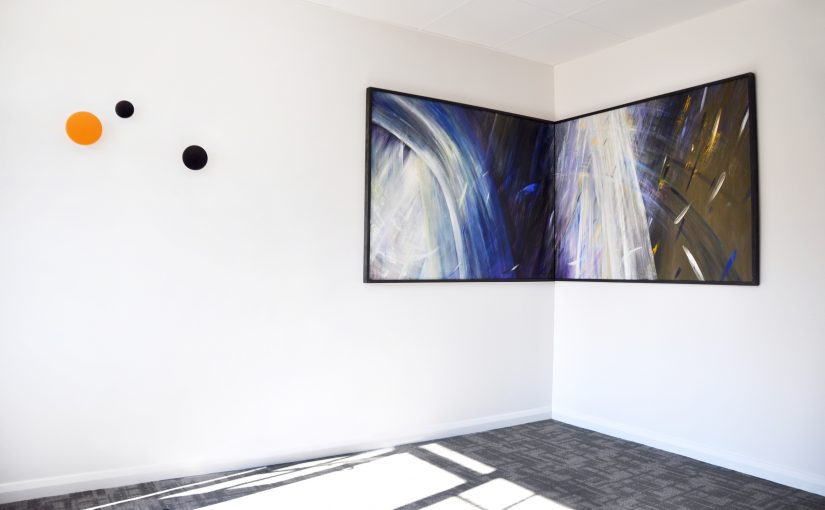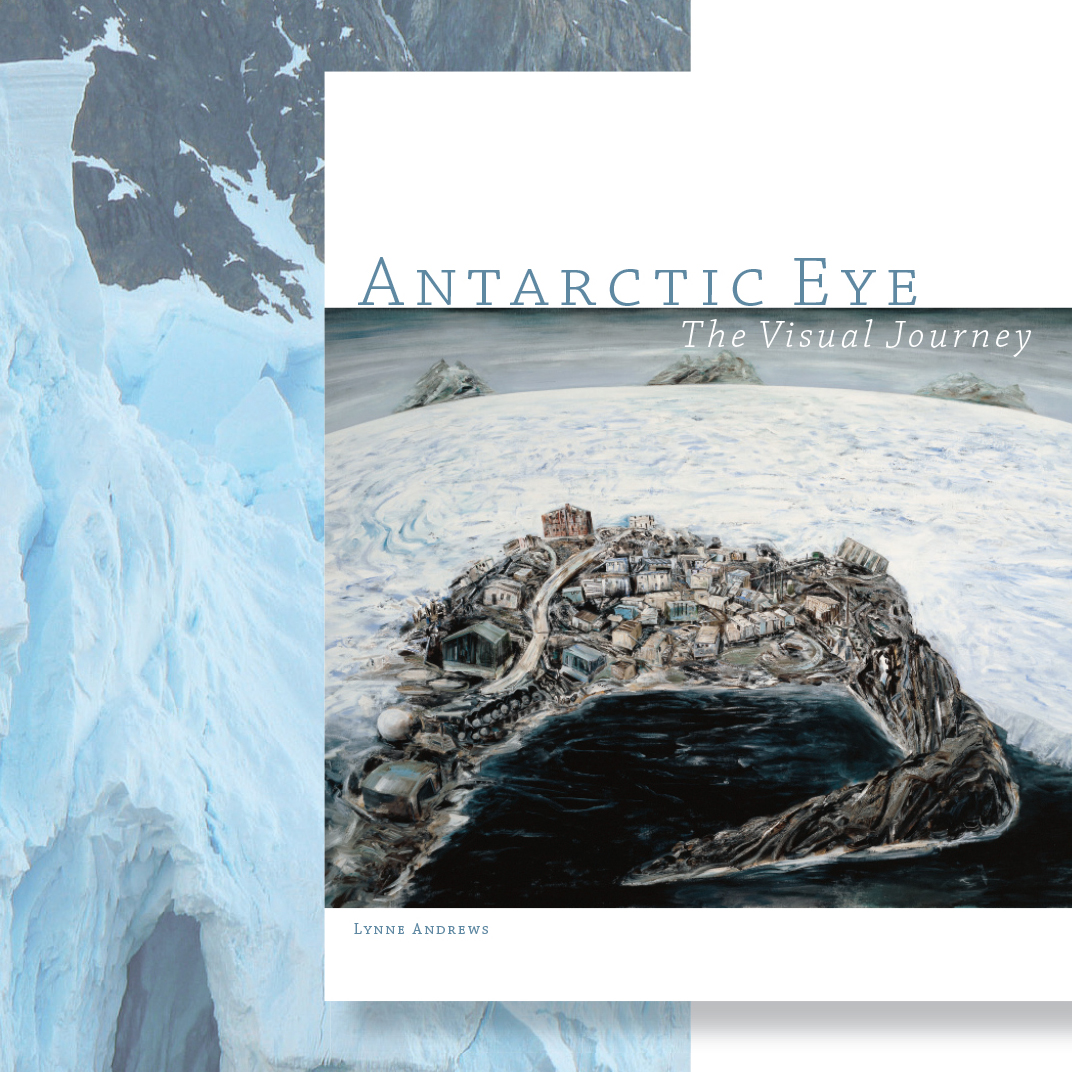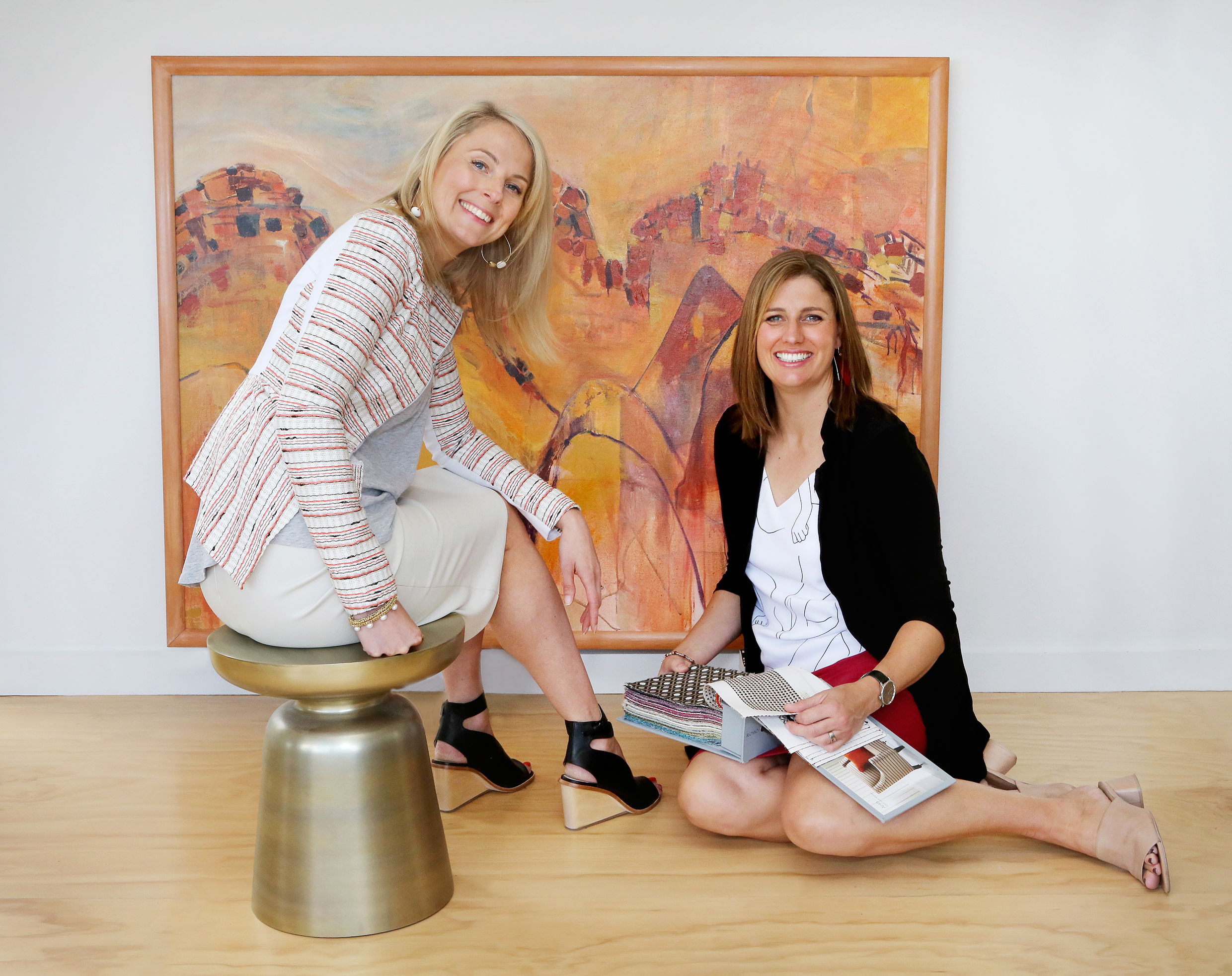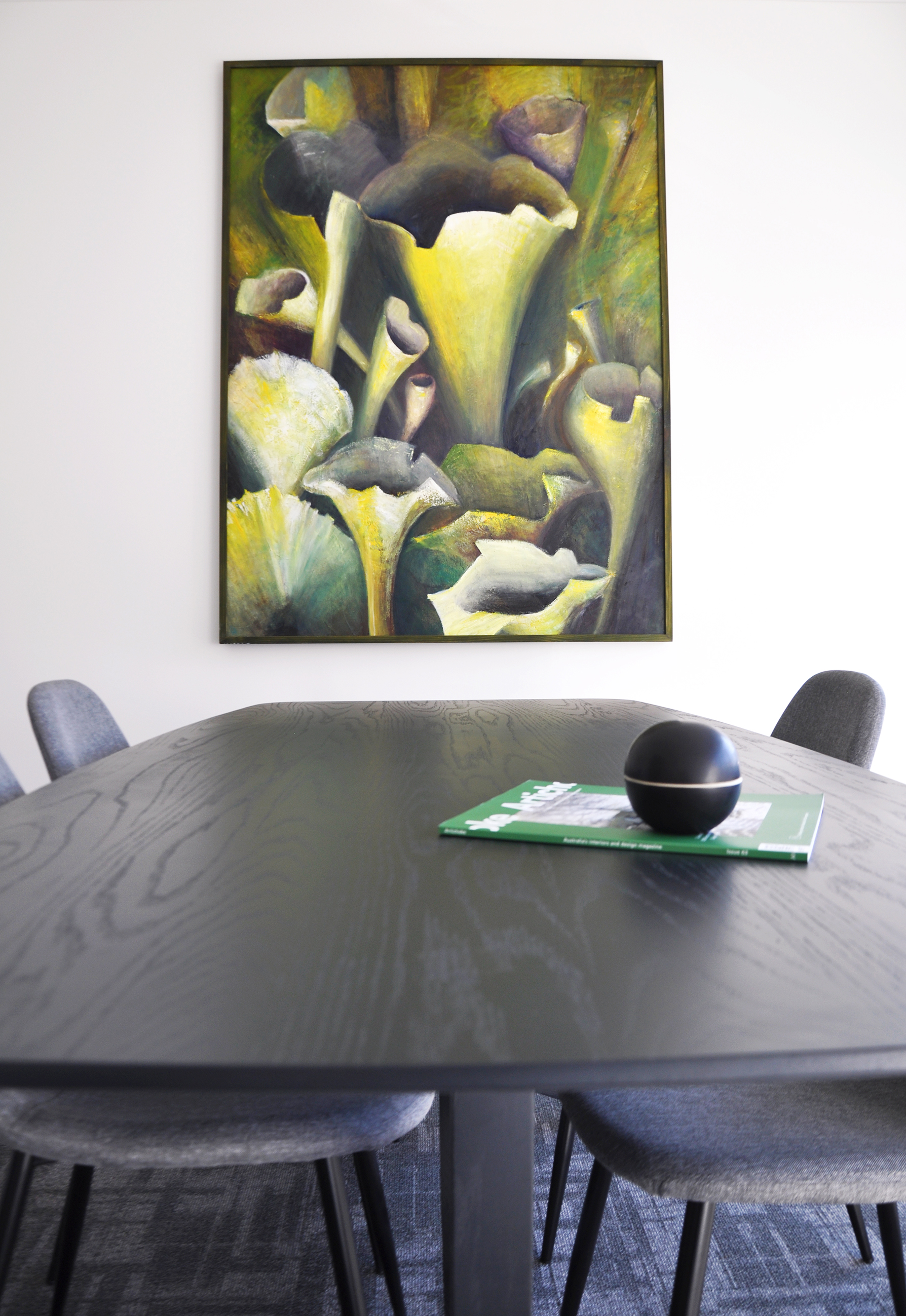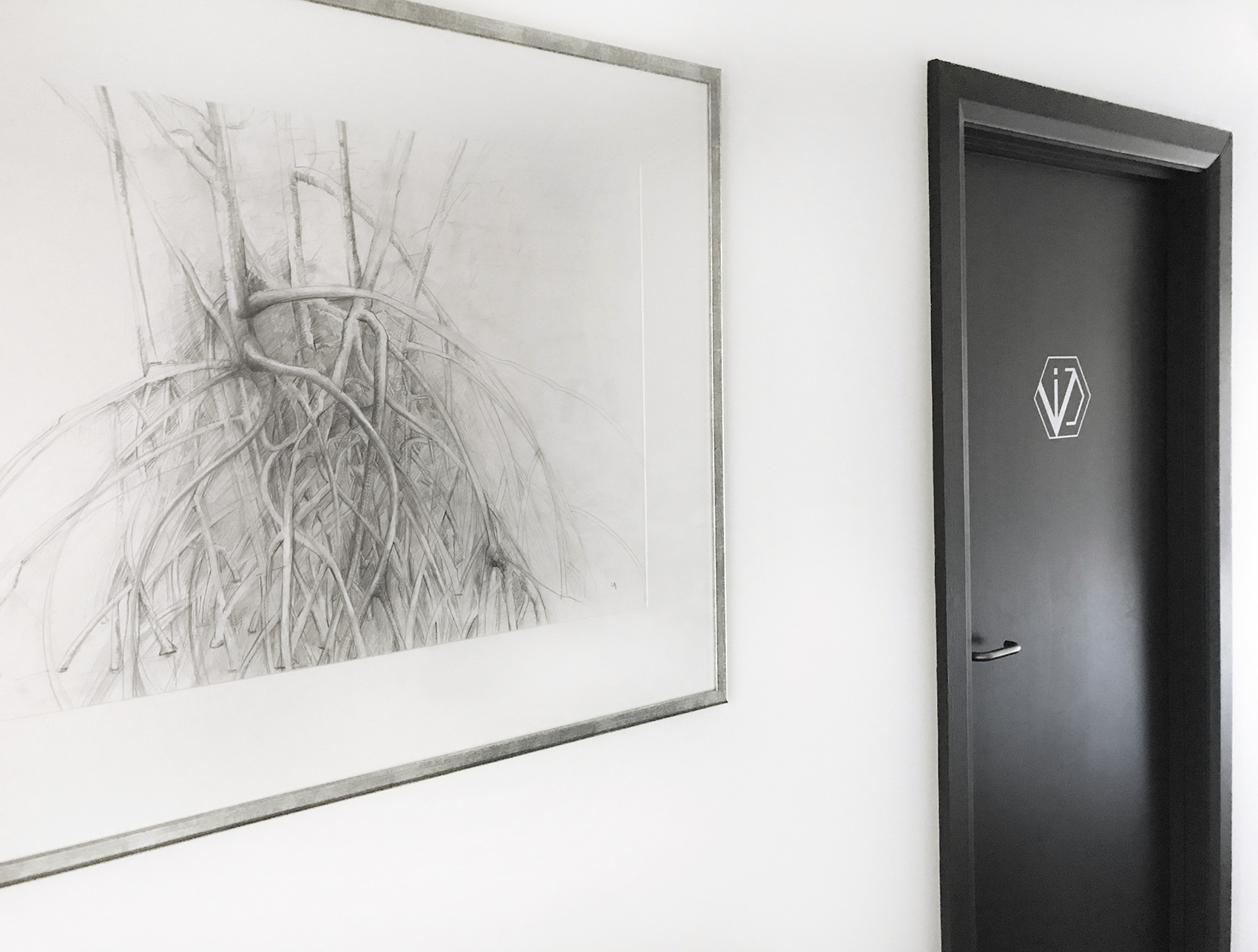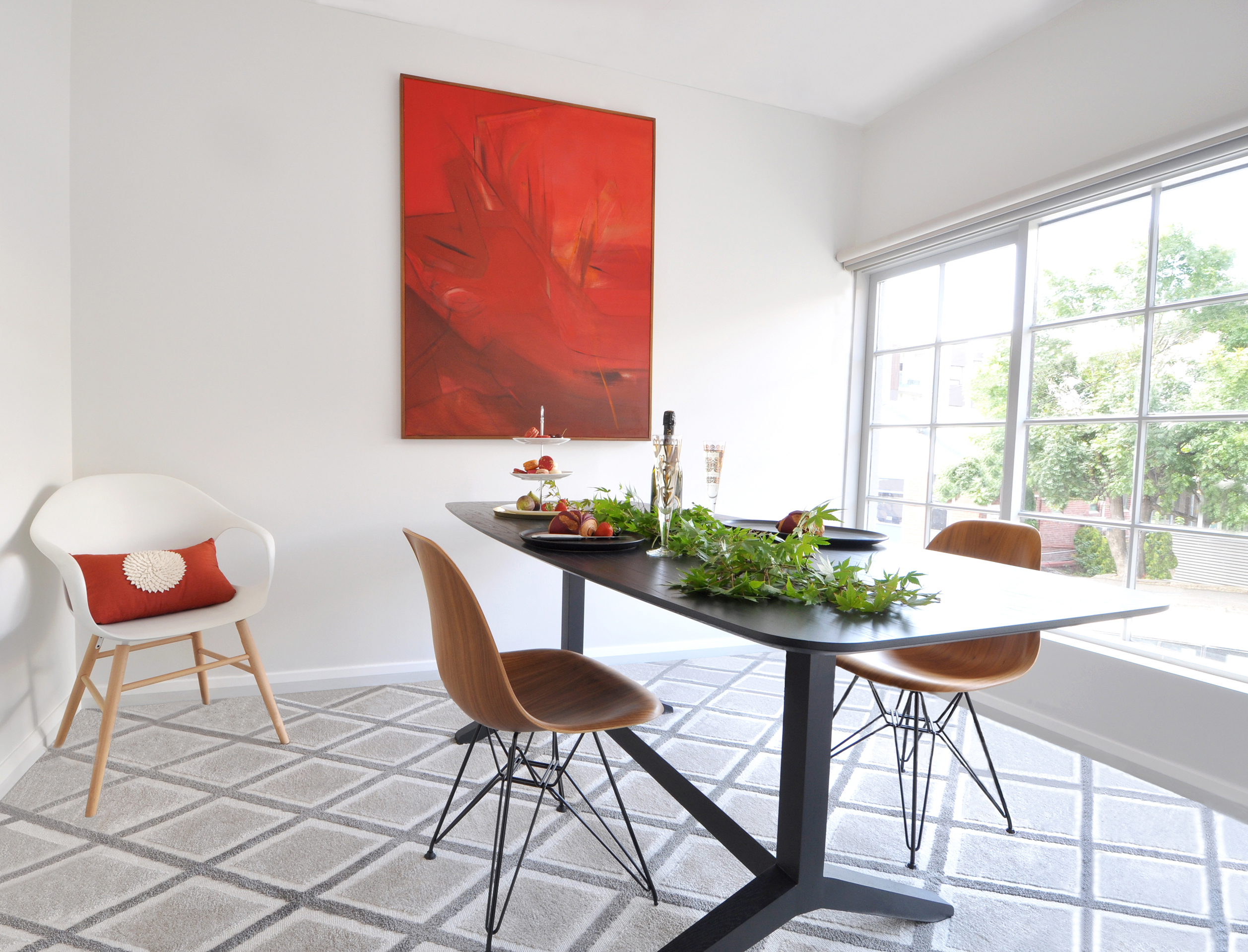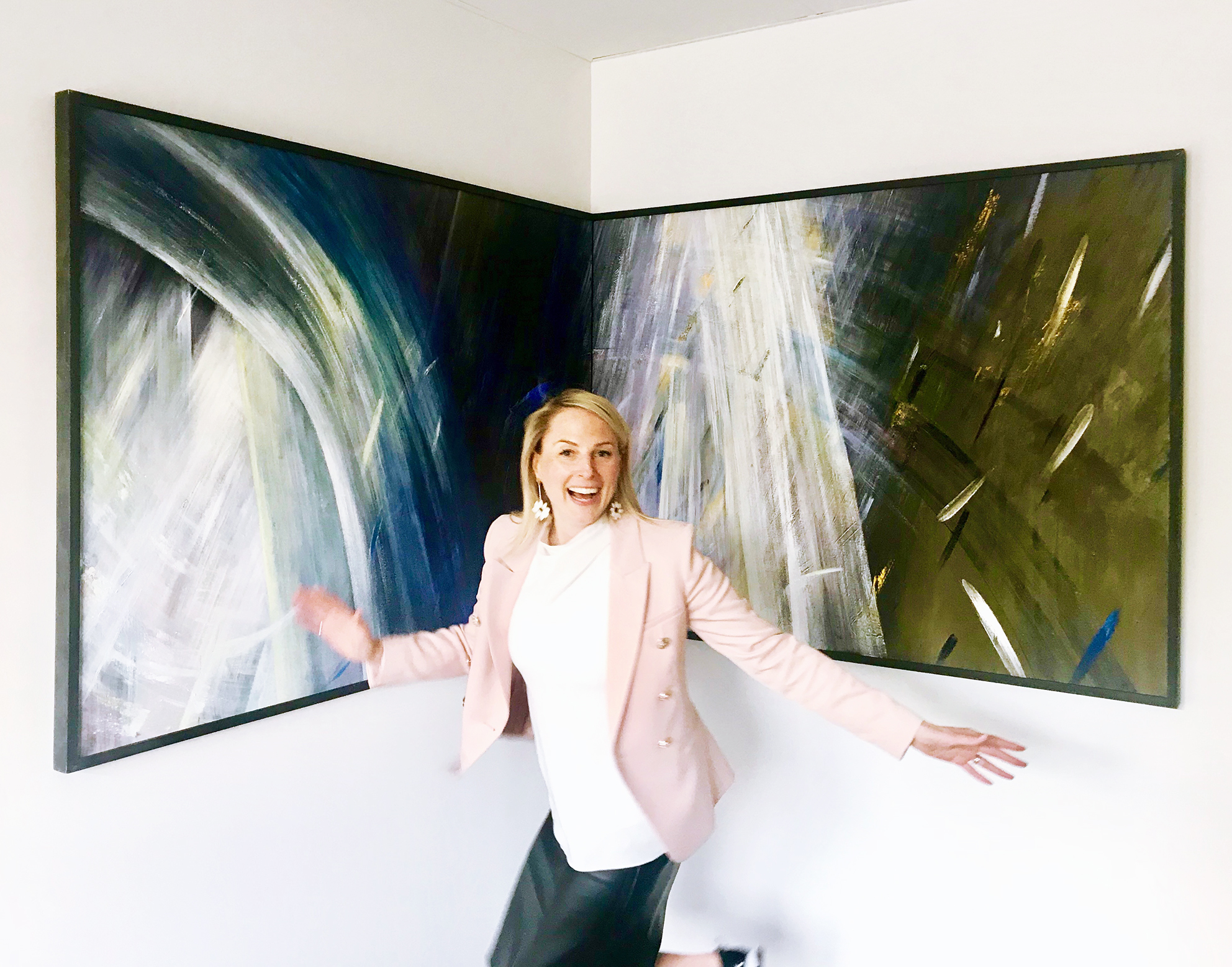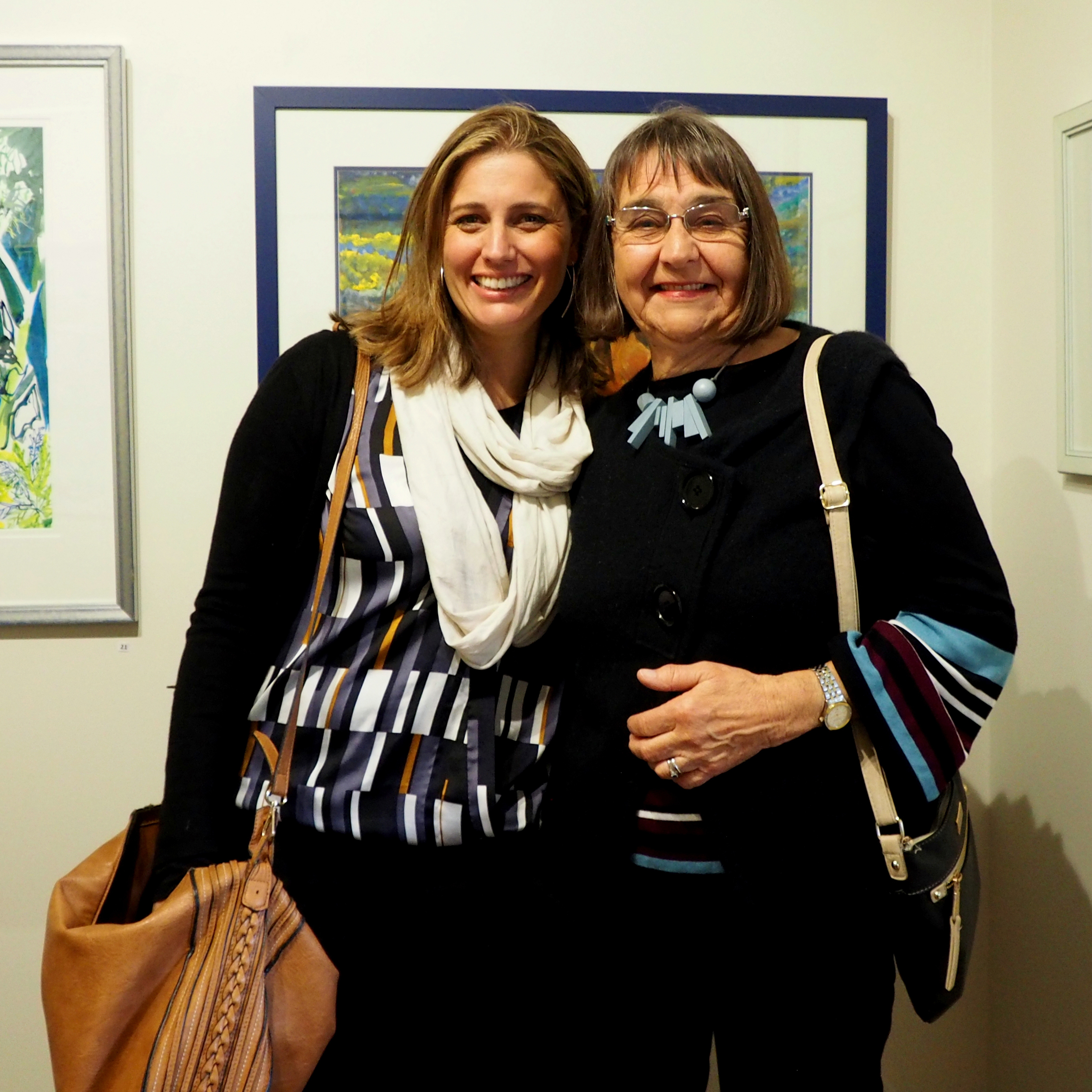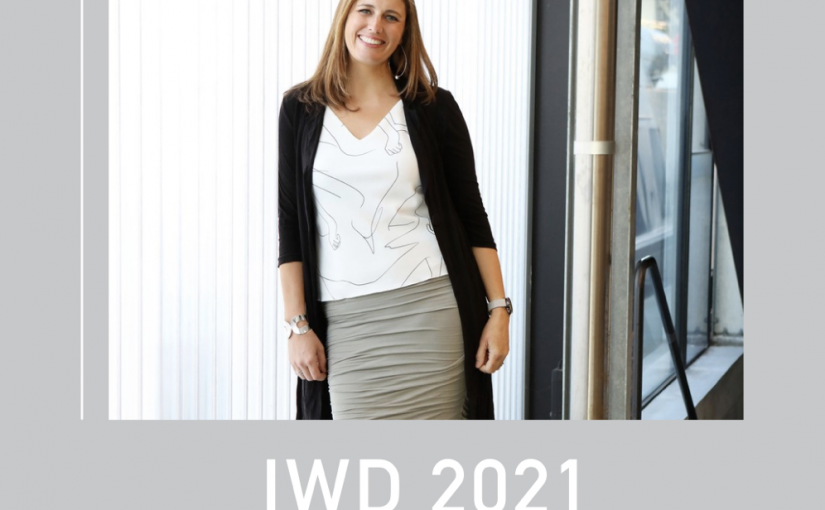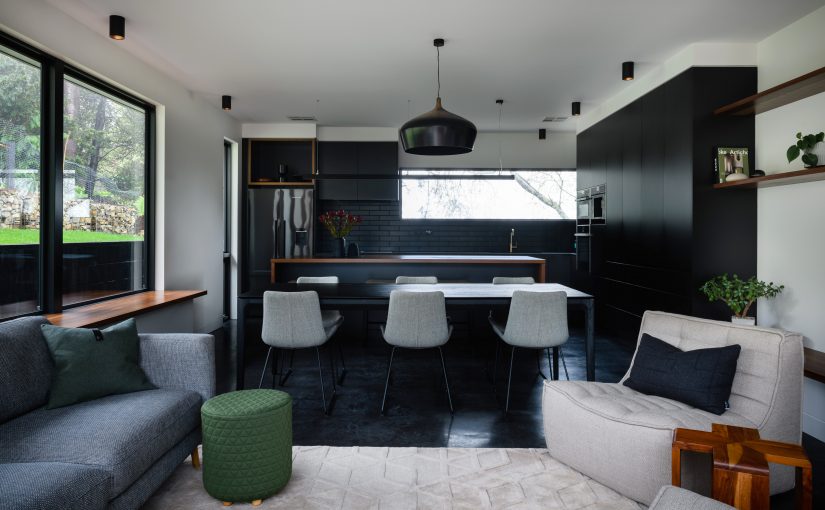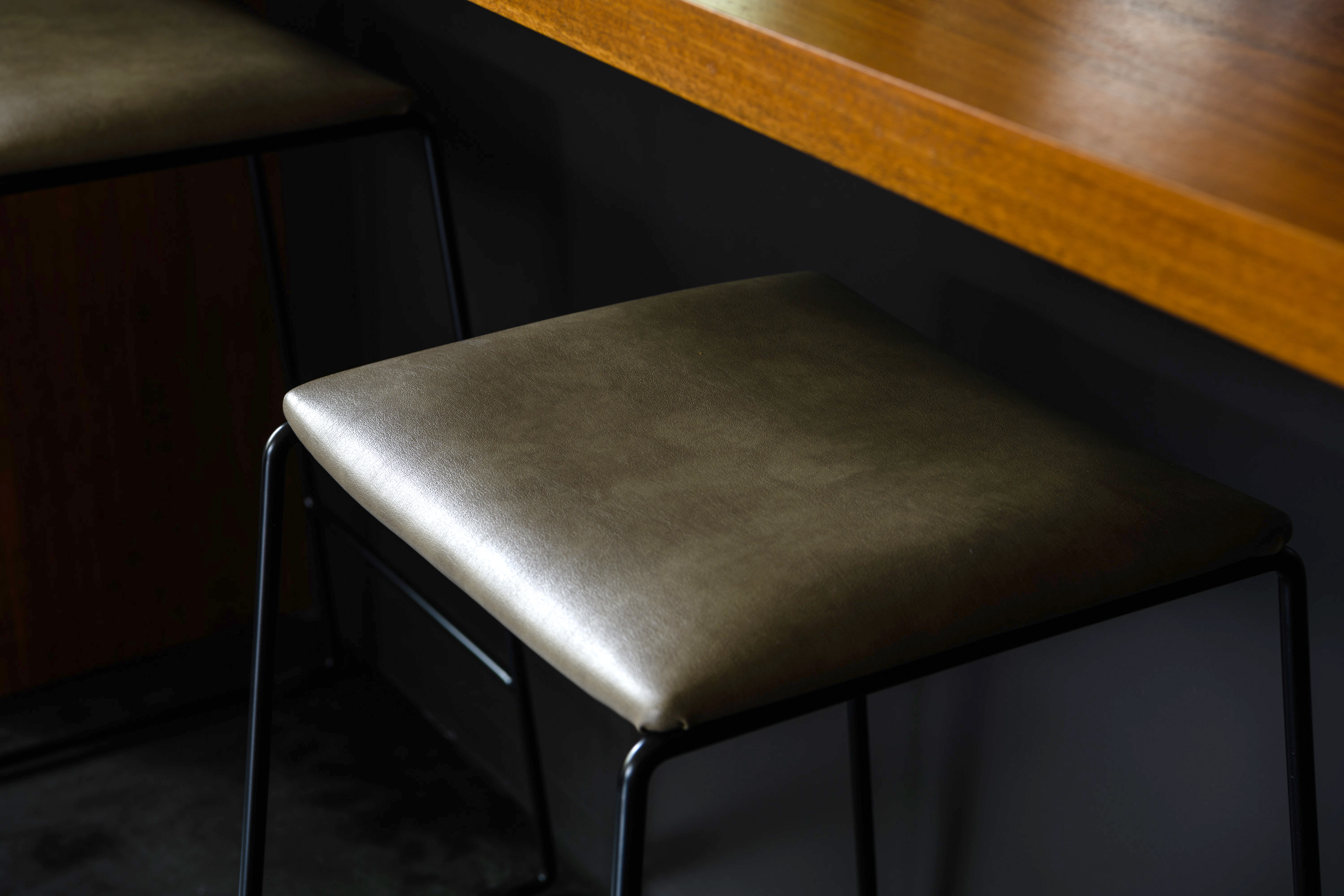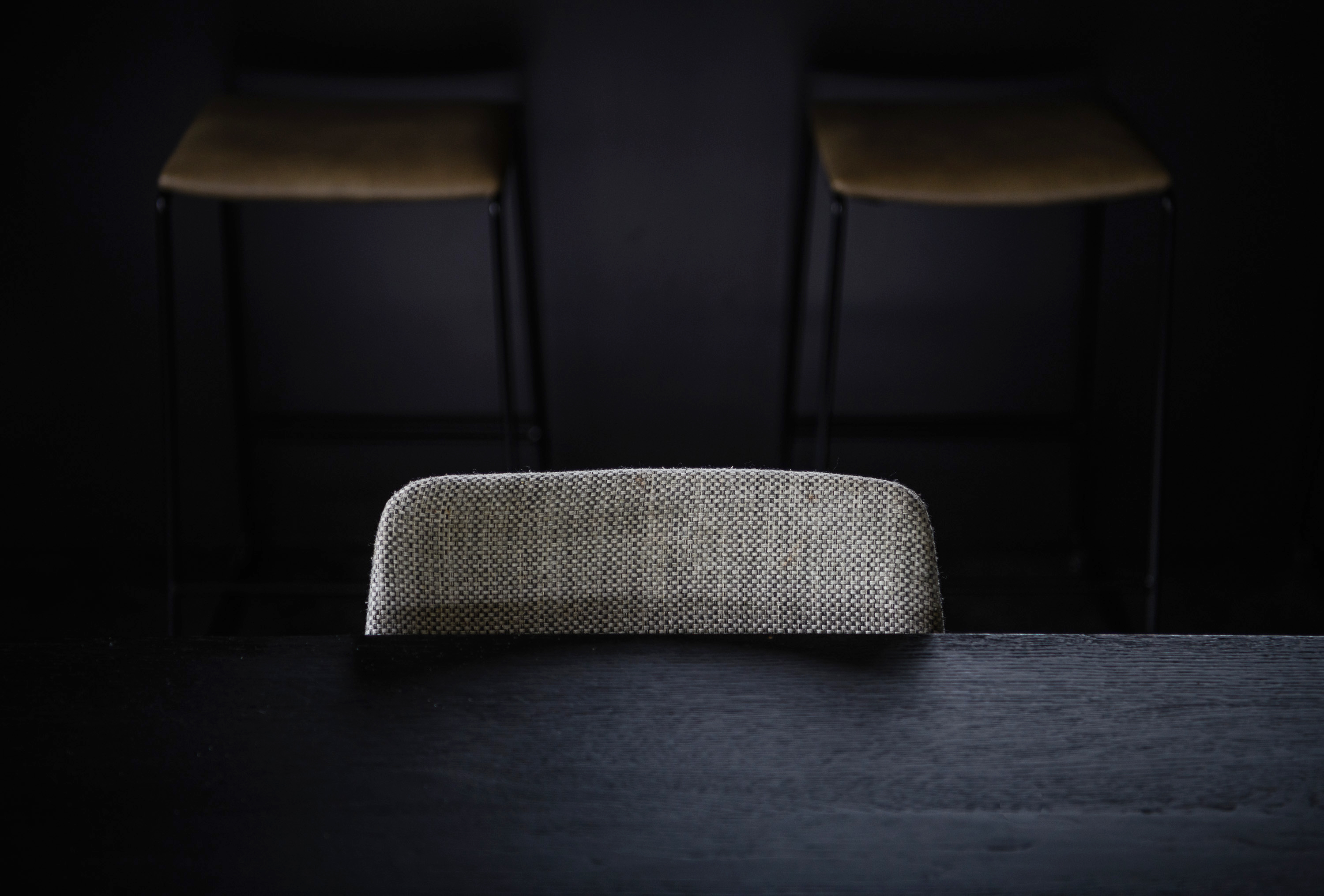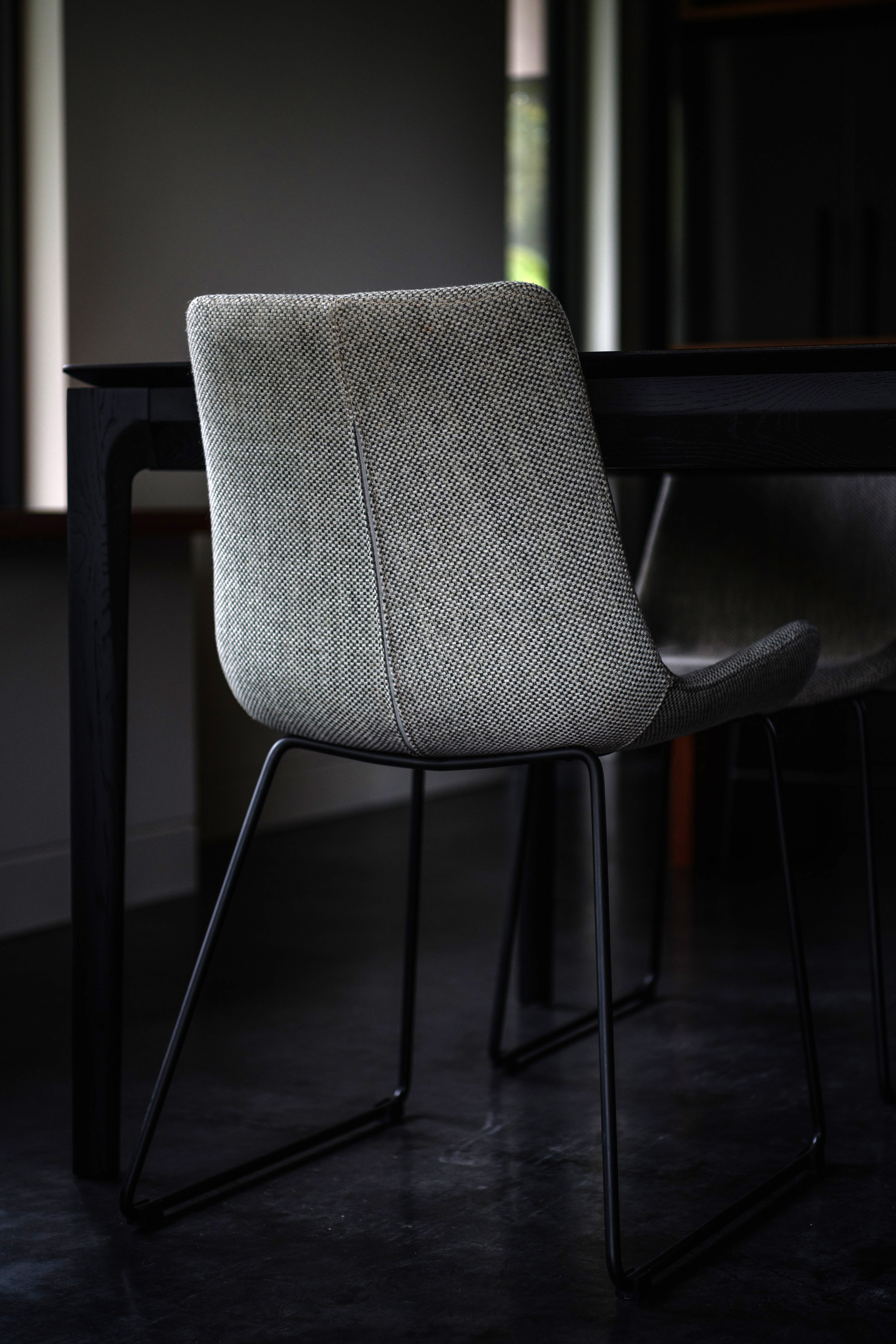Author: Jane Valentine
A lucid quality
9 9 April, 2021Classic contemporary style
9 9 April, 2021Welcome Naomi Doedens
22 22 March, 2021A classic contemporary twist
22 22 March, 2021Imagine seeing the world through an unfocused lens. Now try to find a door when it looks no different to the wall.
19 19 March, 2021Imagine seeing the world through an unfocused lens.
Now try to find a door when it looks no different to the wall.
If we are to dismantle space and then reassemble it, must we as designers embrace our responsibility to establish inclusivity for all that will pass through it? Let’s pose the question to ourselves and our industry; are we designing for all or are we passively bypassing regulations because we don’t understand their original intent? An omission that causes displacement for the user and that impacts their ability to navigate a space with confidence and ease.
Luminance contrast requirements in commercial projects highlight a fundamental flaw in the world of design practice. In regulatory terms ‘luminance contrast between building elements is the difference in the amount of light reflected from the 1st building element compared to the amount of light reflected from the 2nd building element’ [1]. The provisions identify the correct luminance contrast using a calculated percentage to ensure that built elements provide purposeful way finding cues for those who are visually impaired. But, as ‘plain English’ advocates would undoubtedly argue; is the outdated language too difficult to comprehend? And as a result, does this diminish the possibility to design and build compelling and functional spaces for all?
‘Universal design is not about disability – it’s about better living for everyone’ Erick Mitkiten, architect. [2]
With every design we need to ask the question, have we put ourselves in the shoes of all users equally? In order to understand what is required from us, do we need to break down preconceived regulations, and work to build new ones? An informed conversation that includes the key experts in the field; VisAbility Australia and Equal Access Australia, along with others to determine what really works for everyone.
Let’s make life simpler, refocus the lens, and allow everyone to navigate the built environment equally and easily, after all, it is the user we are designing for.
[1] AS 1428.1 – 2009 Appendix B.31
[2] Vencill Sanchez, K (2021), Design for Everyone, Dwell Media, NY. Viewed 12 March 2021.
The Tasmanian Tuxedo article
13 13 March, 2021Check out The Tasmanian Tuxedo for their latest article. The story so far of Valentine interiors + design and of Jane, the driving force behind the name, the success and the hundreds of compelling interiors to date. We are honoured to be part of their unique take on the stories of everyday Tasmanians doing just a little bit more than the everyday.
International Women’s Day
13 13 March, 2021Design Institute of Australia
13 13 March, 2021How will you help forge a gender equal world?
Jane Valentine was honoured to be asked to contribute her thoughts in a written piece for the Design Institute of Australia as part of International Women’s Day.


